FOR PROJECTS SEE BELOW
PROJECT CONTENTS
- AUTOBIOGRAPHY ABOUT MYSELF
- DRAMATIZATION OF "THANK YOU MA’AM”
- INDIANIZATION OF LEO TOLSTOY’S “THREE QUESTIONS”
- INTERVIEW WITH J.K.ROWLING
- INTERVIEW WITH RUSKIND BOND
- THEATRE OR FILM SCRIPT OF “THANK YOU MA’AM”
- DRAMATIZATION OF “THE LOST CHILD”
- DRAMATIZATION OF “LEELA’S FRIEND”
- DRAMATIZATION OF “THE CHERRY TREE” By : Ruskind Bond
- DRAMATIZATION OF “THE POST OFFICE” By : Rabindranath Tagore
- DRAMATIZATION OF “THE CHERRY TREE” By : Ruskind Bond
- DRAMATIZATION OF ”THE EYES HAVE IT”
- INDIANIZATION OF OSCAR WILDE'S "THE SELFISH GIANT"
- DRAMATIZATION OF LEO TOLSTOY'S "THREE QUESTIONS"
- INDINIZATION OF LANGSTONE HUGHES' "THANK YOU M'AM"
- BIBLIOGRAPHY (SOURAV GANGULY)
- INTERVIEW WITH SOURAV GANGULY
- INDIANIZATION OF OSCAR WILDE'S "THE HAPPY PRINCE"
- EXTENSION OF THE STORY -LEELA'S FRIEND BY : R.K.NARAYAN
- DRAMATIZATION OF KARMA BY : KHUSWANT SINGH
EXTENSION OF THE STORY : THE BET By : ANTON CHEKOV
- DRAMATIZATION OF THE BOY WHO BROKE THE BANK BY RUSKIN BOND
- DRAMATIZATION OF THE POSTMASTER BY RABINDRANATH TAGORE
- FOR OTHER PROJECT CONTACT ME
PROJECT NO : 1
AUTOBIOGRAPHY ABOUT MYSELF
OUTPUT OF THE PROJECT
INTRODUCTION
I am very much thankful to my teacher, YOUR TEACHER’S NAME & SURNAME for giving me a chance an opportunity to think and write an autobiography about myself. This assignment not only let me to think about myself, but also let me know what I really was, what I really am, and what I really wanted to be. It reminded me many several memories that had been forgotten from my mind. Here I came to knew that some of my dreams were remain left behind and some wishes are still waiting to be fulfilled. I'm writing this rather lengthy autobiography for my children, family, and friends, as well as for my own therapy. I wish my father had done so for me. Too many good stories have been lost. Maybe better stories than mine, but it doesn't matter. I need to pass mine on. And since I don't plan to publish beyond an unpublicized website, I can say almost anything I want. I can ramble, digress, philosophize, and pontificate. So here goes...
(ENGLISH CENTRE By : Sonatan Ghosh www.sonatanenglish.page4.me)
ME AND MYSELF
I am YOUR NAME AND SURNAME I am 16 years old. I was born on a warm, sunny day on the 15 th August in 1947 at Anishmali in Nadia in the state of West Bengal in the great country India. I still live at Anishmali in Nadia. I started school when I was six-year-old. I went to kindergarten through fifth grade at Netaji’s Dream (English medium) and while I was there, I won an award for perfect attendance. I also won an award for honor roll all four terms. Then I attended J.S.P. Primary School and there I also won a couple of awards: one for perfect attendance and two for being named Student of the Year--one in sixth grade and the other in eighth grade. Now, I go to school at Sarishadanga Dr. Shyma Prosad High School (H.S.). I live with my father, YOUR FATHER’S NAME & SURNAME and mother, YOUR MOTHER’S NAME & SURNAME my brother, Avijit my sister , Monika When I was born, my brother was three years old and hid under the table from me. Jack is a sweet kid and he would do anything for me, but like all brothers and sisters we fight like cats and dogs. Sometimes when no one was around, Jack would come up to me and bite my toes for no reason. I still love him but only because he is my brother. Now I try to do all my best on my work, because I understand that it is very important for me now, not only because of profit but it is a good life experience. But I must say that I satisfied with my profit. Despite lack of free time I have some hobbies. I like to travel, I like to listen to song.
FOR COMPLETE PROJECT CONTACT ME
NOTE : PLEASE, INPUT EXACT WORDS REPLACING THE UNDERLINED WORDS.
PROJECT NO : 2
DRAMATIZATION OF ”THANK YOU MA’AM”
Introduction : Thank You Ma’am By : Langstone Hughes
James Mercer Langstone Hughes was born in Joplin, Missouri. He was an American p0oet, social activist, novelist, playwright and economist. He was one of the earliest innovators of the then-new literary art form jazz poetry. He is best known for his work during the Harlem Renaissance. Langstone’s story ‘Thank You Ma’am’ was first published in 1958. I am honoured to have given the opportunity of dramatizing the story ‘Thank You Ma’am’ by Langstone Hughes.
OUTPUT OF THE PROJECT
Dramatis personae : Mrs. Luella Bates Washington Jones - a woman of huge figure.
Roger – a boy of about fourteen.
Time : At around eleven o’clock.
Place : A modern metropolis of India.
Scene : Mrs. Luella Bates Washington Jones who was coming back home from a hotel beauty shop. She had huge bag in her hand. Having seen the bag, Roger decided to snatch it. A boy of about fourteen named Roger came behind her. She was walking down the road.
(ENGLISH CENTRE By : Sonatan Ghosh www.sonatanenglish.page4.me)
Scene –(I)
(a boy was walking down road behind a woman)
Boy : (from corner) Now I’ll snatch her bag and run. The bag looks very heavy.
(The boy snatches the bag but the strap breaks and he falls down)
Mrs. Jones : Hey! You there! (turns around and kicks) Here, take this! Thought you would run away with my bag? (Bends down. Pick the boy up by his shirt front) Pick up my pocketbook, boy and give it to me)
Boy : (picking up the purse) Here ma’am!
Mrs. Jones : (Still gripping his shirt) Aren’t you ashamed of yourself? [A crowd had gathered]
FOR COMPLETE PROJECT CONTACT ME
PROJECT NO : 3
Indianization of Leo Tolstoy’s
“THREE QUESTIONS”
SYNOPSIS OF LEO TOLSTOY’S “THREE QUESTIONS”
The thought came to a certain king that he would never fail if he knew three things. These three things were 1. When is the best time to do each thing? 2. Who are the most important people to work with? 3. What is the most important thing to do at all time?
Many educated men attempted to answer the king's questions, but they all came up with different answers. The king decided that he needed to ask a wise hermit in a nearby village. The hermit would only see common folk, however, so the king disguised himself as a peasant, left his guards behind, and went to see the hermit. The hermit was digging flower beds when the king arrived. The king asked his questions, but the hermit went on digging rather laboriously. The king offered to dig for him for a while. After digging for some time, the king again asked his questions. Before the hermit could answer, a man emerged from the woods. He was bleeding from a terrible stomach wound. The king tended to him, and they stayed the night in the hermit's hut. By the next day the wounded man was doing better, but was incredulous at the help he had received. The man confessed that he knew who the king was, and that the king had executed his brother and seized his property. He had come to kill the king, but the king's guards had wounded him. The man pledged allegiance to the king, and he went on his way. The king asked the hermit again for his answers, and the hermit responded that he had just had his questions answered.
1. The most important time is now. The present is the only time over which we have power. 2. The most important person is whoever you are with. 3. The most important thing is to do good to the person you are with.
(ENGLISH CENTRE By : Sonatan Ghosh www.sonatanenglish.page4.me)
OUTPUT OF THE PROJECT
A Tsar thought of three questions : When is the best time to do each thing? , Who are the most important people to work with? and What is the most important thing to do at all time?
FOR COMPLETE PROJECT CONTACT ME
PROJECT NO : 4
INTERVIEW WITH J.K.ROWLING
INTRODUCTION
J.K. Rowling, the author of the "Harry Potter" series, announced that the royalties from her new book, "The Cuckoo's Calling," which was written under the pseudonym Robert Gailbraith, will be donated to The Soldiers' Charity, a British charity for soldiers, former soldiers, and their families.
This eminent person gave me this interview at a community hall named, the Peace Garden.
(ENGLISH CENTRE By : Sonatan Ghosh www.sonatanenglish.page4.me)
I : How are you?
Rowling : How do you do?
I : Well. Nice to meet you.
Rowling : Also.
I : Everybody is exited. What’s your ?
Rowling : I love it. They ask the best questions, you know? They really know the books back to front. In fact it’s now reaching the point where I feel I should revise this kind of event. I’ve now produced six novels and I feel I should go back and read them all meticulously to make sure I know what’s going on. Because I have been caught out, people have asked me questions and I’ve—“What books are they in again? Who are you talking about?"
I : Not many adult journalists are being given this opportunity so I’m very, very flattered. And why have you decided to keep the number of grownups at a minimum?
Rowling : Mainly because I’ve just had a baby, to be totally honest with you. It’s pressure of time. I just couldn’t really fit a whole bunch of interviews into the, you know, the nursing schedule, so I just decided that I was going to try and focus on the kids this time.
FOR COMPLETE PROJECT CONTACT ME
PROJECT NO : 5
INTERVIEW WITH RUSKIND BOND
Born to English parents in Kasauli, HP, in 1934, Ruskind Bond also acquired a Punjabi–Hindu stepfather when his mother remarried. After high school, he went to England, where his first novel The Room on the Roof was published in 1956. It won him the prestigious John Llewellyn Rhys Prize. He could well have stayed on in England, but he used the advance money he got from the publisher for his passage back to India, where his heart truly belonged.
Bond lived on his own for several years, until a young man called Prem started taking care of his Mussoorie house. Prem ended up staying with him. Today, Prem, his wife, children and grandchildren make up the large extended family for Bond, a confirmed bachelor.Bond had to struggle for long years as a writer before any real recognition came his way. His astonishing body of work, written for grown-ups and children alike, comprises about 130 books—novels, short stories, essays, poems and anthologies included. Numerous awards have come his way, among them his 2014 Padma Bhushan. Reader’s Digest met the soft-spoken, unassuming Ruskin Bond, who turns 80 on 19th May, and talked about his life, his views on the craft of writing and the things he holds dear.
(ENGLISH CENTRE By : Sonatan Ghosh www.sonatanenglish.page4.me)
This eminent person gave me this interview at a Mumbai hotel named Tajbengal.
I : How are you?
Ruskind Bond : How do you do?
I : Well. Nice to meet you.
Ruskind Bond : Also.
I : What is the first thing you ever got published?
Ruskind Bond : I was 16 when The Illustrated Weekly of India published my first story soon after I left school. It was a funny story about one of my teachers. They didn’t like it back in school.
FOR COMPLETE PROJECT CONTACT ME
Ruskind Bond : Welcome.
PROJECT NO : 6
THEATRE OR FILM SCRIPT OF “THANK YOU MA’AM”
Introduction : Thank You Ma’am By : Langstone Hughes
James Mercer Langstone Hughes was born in Joplin, Missouri. He was an American p0oet, social activist, novelist, playwright and economist. He was one of the earliest innovators of the then-new literary art form jazz poetry. He is best known for his work during the Harlem Renaissance. Langstone’s story ‘Thank You Ma’am’ was first published in 1958. I am honoured to have given the opportunity of dramatizing the story ‘Thank You Ma’am’ by Langstone Hughes.
(ENGLISH CENTRE By : Sonatan Ghosh www.sonatanenglish.page4.me)
OUTPUT OF THE PROJECT
Characters : Mrs. Luella Bates Washington Jones - a woman of huge figure. Roger – a boy of about fourteen.
Time : At around eleven o’clock.
Place : A modern metropolis of India.
Scene : Mrs. Luella Bates Washington Jones who was coming back home from a hotel beauty shop. She had huge bag in her hand. Having seen the bag, Roger decided to snatch it. A boy of about fourteen named Roger came behind her. She was walking down the road.
FIRST SCENE
( In a lonely road and it is about 11 p.m.
a large woman is returning from her working place and a boy is walking down road behind the woman)
Boy : (from corner) Now I’ll snatch her bag and run. The bag looks very heavy.
(The boy snatches the bag but the strap breaks and he falls down)
Mrs. Jones : Hey! You there! (turns around and kicks) Here, take this! Thought you would run away with my bag? (Bends down. Pick the boy up by his shirt front) Pick up my pocketbook, boy and give it to me)
FOR COMPLETE PROJECT CONTACT ME
PROJECT NO : 7
DRAMATIZATION OF “THE LOST CHILD”
Introduction : THE LOST CHILD by : Mulk Raj Anand
Mulk Raj Anand (12 December 1905 – 28 September 2004) was an Indian writer in English, notable for his depiction of the lives of the poorer castes in traditional Indian society. The Lost child is a short story about a child and his aspiration, demands and realization. The story is mainly focused on the awareness for parents. The message is, we really don’t understand the true value of parents and take them as granted. The significance of parents is only revealed once they are out of sight and we realize the world is upside down. This is what the little child realized once he got lost in fair. The ending is somewhat bizarre as the reader keep on guessing whether the lost.
(ENGLISH CENTRE By : Sonatan Ghosh www.sonatanenglish.page4.me)
OUTPUT OF THE PROJECT
Dramatis personae : Parents and their little child, a sweet-meat seller, a flower seller, a juggler and a man.
Time : Morning (Spring)
Place : A fair ground
Scene : It was the festival of spring. From the wintry shades of narrow lanes and alleys emerged a gaily clad humanity, thick as a swarm of bright-coloured rabbits issuing from a warren. The parents and their child entered the flooded sea of sparkling silver sunshine outside the city gates and sped towards the fair. Some walked, some rode on horses, others sat, being carried in bamboo and bullock carts. One little boy ran between his parent’s legs, brimming over with life and laughter. The joyous morning gave greetings and unashamed invitations to all to came away into the fields, full of flowers and songs.
SCENE ONE
The child lagged behind, arrested by the toys in the shops that lined the way.
Parents : Come, child, come.
(He hurried towards his parents, his feet obedient to their call, his eyes still lingering on the receding toys. As he came to where they had stopped to wait for him he could not suppress the desire of his heart, even though he well knew the old, cold stare of refusal in their eyes.)
The child : (pleading) I want that toy.
(His father looked at him red-eyed, in his familiar way of tyrant. But his mother, melted by the free spirit of the day, was tender, and giving him her finger to catch.)
FOR COMPLETE PROJECT CONTACT ME
PROJECT NO : 8
DRAMATIZATION OF “LEELA’S FRIEND”
Introduction : Leela’s Friend By : Rasipuram Krishnaswami Narayan
Rasipuram Krishnaswami Narayan (10 October, 1906 -- 13 May, 2001) is one of the best Indian novelists writing in English. His famous novels are Swami and Friends (1935), The Bachelor of Arts (1937), The Dark Room (1938), The English Teacher (1946), The Guide (1958), The Man-eater of Malgudi (1962), etc. He also wrote many short stories and published them in volumes as Malgudi Days (1941), Dodu and Other Stories (1943), Cyclone and Other Stories (1944), etc. He is noted for his simple way of writing. He won numerous awards and honours for his works. He received the Sahitya Academy Award in 1961 for his novel The Guide. He was awarded the Padma Bhusan in 1964. In 1980, he was awarded the A. C. Benson Award by the Royal Society of Literature.
The Source:
The present story Leela’s Friend is one of his best known short-stories and is taken from his Malgudi Days.
(ENGLISH CENTRE By : Sonatan Ghosh www.sonatanenglish.page4.me)
OUTPUT OF THE PROJECT
Dramatis personae : Mr. Sivasanker, His wife, Sidda (servant), a police inspector and Sivasankar’s
five-year-old daughter Leela.
Place : Mr. Sivasanker’s house
Scene : Mr. Sivasanker is deeply thinking about his servant-problem. Sidda, a homeless poor boy, comes to his gate just then in search of a job. Sivasanker looks at him and finds nothing objectionable. Yet he asks a few questions about his previous work. He calls then his wife who turns satisfied after meeting the boy. Leela, their five-year old daughter comes out and likes the boy. Sidda is selected on an agreement of two meals a day and four rupees a month. In return he is to wash clothes, tend the garden, run errands, chop wood and look after Leela.
Scene –(I)
(Sidda was hanging about the gate at a moment when Mr Sivasanker was standing in the front veranda of his house brooding over the servant problem.)
Sidda : Sir, do you want a servant?
Mr. Sivasanker : Come in.
(As Sidda opened the gate and came in.)
Mr. Sivasanker : (subjected him to a scrutiny and said to himself) Doesn’t seem to be a bad sort ... At any rate, the fellow looks tidy.
Mr. Sivasanker : Where were you before?
Sidda : In a bungalow there.(indicating a vague somewhere) in the doctor’s house.
Mr. Sivasanker : What is his name:
Sidda : I don’t know master. He lives near the market
Mr. Sivasanker : Why did they send you away?
Sidda : (Giving the stock reply) They left the town, master.
(Mr Sivasanker was unable to make up his mind. He called his wife. She looked at Sidda.)
His wife :He doesn’t seem to me worse than the others we have had.
(Leela, their five-year-old daughter, cane out, looked at Sidd)
Leela : (Giving a cry of joy) Oh Father!
Leela : I like him. Don’t send him away. Let us keep him in our house." And that
(Then they decided to keep Sidda as their servant. Sidda was given two meals a day and four rupees a month, in return for which he washed clothes, tended the garden, ran errands, chopped wood and looked after Leela.)
FOR COMPLETE PROJECT CONTACT ME
PROJECT NO : 9
(English Centre By : Sonatan Ghosh www.sonatanenglish.page4.me)
DRAMATIZATION OF “THE SELFISH GIANT”
INTRODUCTION : The Selfish Giant By : Oscar Wilde
"The Selfish Giant" is a short fantasy story for children by the Irish author Oscar Wilde. It was first published in 1888 in the anthology The Happy Prince and Other Tales, which, in addition to its title story, also includes "The Nightingale and the Rose", "The Devoted Friend" and "The Remarkable Rocket". Oscar Fingal O'Flahertie Wills Wilde (16 October 1854 – 30 November 1900) was an Irish playwright, novelist, essayist, and poet. After writing in different forms throughout the 1880s, he became one of London's most popular playwrights in the early 1890s. He is remembered for his epigrams, his novel The Picture of Dorian Gray, his plays, as well as the circumstances of his imprisonment and early death.The story's plot revolves around a giant who builds a wall to keep children out of his garden, but learns compassion from the innocence of the children. The short story contains significant religious imagery.
OUTPUT OF THE PROJECT
Dramatis personae
- The Giant
- The children
- The child
- The Autumn
- The Tree
- The North wind
Every afternoon, as they were coming from school, the children used to go and play in the Giant's garden.It was a large lovely garden, with soft green grass. Here and there over the grass stood beautiful flowers like stars, and there were twelve peach-trees that in the spring-time broke out into delicate blossoms of pink and pearl, and in the autumn bore rich fruit. The birds sat on the trees and sang so sweetly that the children used to stop their games in order to listen to them.
SCENE ONE
FOR COMPLETE PROJECT CONTACT ME
PROJECT NO : 10
(English Centre By : Sonatan Ghosh www.sonatanenglish.page4.me)
DRAMATIZATION OF “THE POST OFFICE” By : Rabindranath Tagore
INTRODUCTION : Tagore wrote The Post Office (Dak Ghar) in 1911, after having lost his son, daughter, wife and father to disease, all within a few years. One night, lying in his roof garden and looking at a starlit sky, he was inspired to write this magnificent play about the “death ”of a child, Amal, which is in fact the boy .s liberation,and the beginning of a great voyage toward the Outside. Through the child .s demise, Tagore expresses his conviction that the full meaning of life can only be grasped in death. Yet he does this with such a light, elegant and poetic touch that The Post Office has found its way into the hearts of audiences everywhere and in many different languages.
OUTPUT OF THE PROJECT
Characters:
Tagore keeps his character list short, and uses a common language style. The characters, aside from
Amal, are each represented and defined by their function
Amal has an intense curiosity of the outside world and yearns for the type of knowledge that can .t be learned from a book
Sudha, gathers flowers, is naïve and happy to do work for her parents
Madhab Dutta ,Amal .s guardian is a man who believes in learning from books and feel comfortable in his home than outside
The Healer is the man who diagnoses Amal and will not let him leave the house because he is sick
The Curd seller does exactly that, she sells curds, is a peddler and is not learned, but is experienced in life.
The Watchman is a loyal servant to the king; he is knowledgeable of the government and the King .s systems.
The Headman is placed in power by the King but is not popular with locals
Group of Boys who encourage Amal to defy the doctor and leave the house.
SCENE ONE
Amal : Uncle!
Madhab Dutta : Yes, Amal?
Amal : Can’t I go out into the courtyard?
Madhab Dutta : No my child.
Amal : Look, look, there where Auntie is cracking open the lentils. There on the broken branches the squirrel, bouncing on his tail, nibbles the lentil bits,crunch, crunch …Can .t I just go there?
FOR COMPLETE PROJECT CONTACT ME
PROJECT NO : 11
(English Centre By : Sonatan Ghosh www.sonatanenglish.page4.me)
DRAMATIZATION OF “THE CHERRY TREE” By : Ruskind Bond
Introduction : The Cherry Tree By : Ruskind Bond
We all have heard of Ruskin Bond, though we may not have read any of his books. Ruskin Bond, a resident of Mussoorie, is a well-known writer of fiction. Ruskin Bond was born in Kasauli, Himachal Pradesh, in 1934, and grew up in Jamnagar, Dehradun and Shimla.His books can be read everybody; children, adults, teens, etc. I just read on of his books (The Rupa book of Ruskin Bond? Himalayan Tales), and this book alone motivated me to write a review on him. He is an extraordinary writer. He mixes fiction with reality and writes books that are enchanting. Ruskin Bond is an ardent lover of nature and animals. This is evident from many of his stories and poems, like Cherry tree, In the world of Children's Literature, Ruskin Bond is one of the best. One can enjoy the story rather than diverting the attention every now and then. Cherry Tree is about the ecstasy of the writer over a cherry plant
OUTPUT OF THE PROJECT
(ENGLISH CENTRE By : Sonatan Ghosh www.sonatanenglish.page4.me)
Dramatis personae : Grandfather and his grandson , Rakesh.
Time : After school hour.
Place : : Garden
Scene –(I)
One day, when Rakesh was six, he walked from the Mussoorie bazaar eating cherries. They were a little sweet, a little sour; small, bright red cherries, which had come all the way from the Kashmir valley. Here in the Himalayan foothills where Rakesh lived, there were not many fruit trees. The soil was stony, and the dry cold winds stunted the growth of most plants. But on the more sheltered slopes there were forests of oak and deodar. Rakesh lived with his grandfather on the outskirts of Mussoorie , just where the forest began. Grandfather was a retired forest ranger. He had a little cottage outside the town. Rakesh was on his way home from school when he bought the cherries. He paid fifty paisa for the bunch. It took him about half an hour to walk home, and by the time he reached the cottage there were only three cherries left.
FOR COMPLETE PROJECT CONTACT ME
PROJECT NO : 12
(English Centre By : Sonatan Ghosh www.sonatanenglish.page4.me)
DRAMATIZATION OF ”THE EYES HAVE IT” By : Ruskind Bond
Introduction : The Eyes Have It (also known as The Girl on the Train & The Eyes Are Not Here) is a short story by Ruskin Bond
The Eyes Have It (also known as The Girl on the Train & The Eyes Are Not Here) is a short story by Ruskin Bond that was originally published in Contemporary Indian English Stories. The narrator of this story, a blind man whose eyes were sensitive to light and darkness, was going to Dehradun by train when he met a girl and had a chit-chat with her. It was only after she left and another passenger came into the compartment that the narrator realizes the girl was blind.
OUTPUT OF THE PROJECT
Dramatis personae : The narrator, the girl and the third passenger.
Time : Day time
Place : Rohana, in the train compartment
Scene : The narrator was going to Dehra by a train. A girl got into the train from Rohana station.
Scene –(I)
(The narrator had the train compartment to himself up to Rohana, then a girl got in. The couple who saw her off were probably her parents. They seemed very anxious about her comfort and the woman gave the girl detailed instructions as to where to keep her things, when not to lean out of windows, and how to avoid speaking to strangers.
They called their goodbyes and the train pulled out of the station. As he was totally blind at the time, my eyes sensitive only to light and darkness, he was unable to tell what the girl looked like. But I knew she wore slippers from the way they slapped against her heels. It would take me some time to discover something about her looks and perhaps he never would. But he liked the sound of her voice and even the sound of her slippers.)
FOR COMPLETE PROJECT CONTACT ME
PROJECT NO : 13
(English Centre By : Sonatan Ghosh www.sonatanenglish.page4.me)
INDIANIZATION OF OSCAR WILDE'S "THE SELFISH GIANT"
“THE SELFISH GIANT”
INTRUDUCTION : "The Selfish Giant" is a short fantasy story for children by the Irish author Oscar Wilde. It was first published in 1888 in the anthology The Happy Prince and Other Tales, which, in addition to its title story, also includes "The Nightingale and the Rose", "The Devoted Friend" and "The Remarkable Rocket". Oscar Fingal O'Flahertie Wills Wilde (16 October 1854 – 30 November 1900) was an Irish playwright, novelist, essayist, and poet. After writing in different forms throughout the 1880s, he became one of London's most popular playwrights in the early 1890s. He is remembered for his epigrams, his novel The Picture of Dorian Gray, his plays, as well as the circumstances of his imprisonment and early death.The story's plot revolves around a giant who builds a wall to keep children out of his garden, but learns compassion from the innocence of the children. The short story contains significant religious imagery.
OUTPUT OF THE PROJECT
(English Centre By: Sonatan Ghosh www.sonatanenglish.page4.me)
Every afternoon, as they were coming from school, the children used to go and play in the Giant's garden. It was a large lovely garden, with soft green grass. Here and there over the grass stood beautiful flowers like stars, and there were twelve peach-trees that in the spring-time broke out into delicate blossoms of pink and pearl, and in the autumn bore rich fruit. The birds sat on the trees and sang so sweetly that the children used to stop their games in order to listen to them.
The children said How happy we are here! One day the Giant came back. He had been to visit his friend the Cornish ogre, and had stayed with him for seven years. After the seven years were over he had said all that he had to say, for his conversation was limited, and he determined to return to his own castle. When he arrived he saw the children playing in the garden.)The Giant said (crying in a very gruff voice, and the children ran away.) What are you doing here? My own garden is my own garden, one can understand that, and I will allow nobody to play in it but myself. So he built a high wall all round it, and put up a notice-board.)
TRESPASSERS WILL BE PROSECUTED
FOR COMPLETE PROJECT CONTACT ME
PROJECT NO : 14
DRAMATIZATION OF “THREE QUESTIONS”
(English Centre By: Sonatan Ghosh www.sonatanenglish.page4.me)
Introduction : THREE QUESTIONS by : Leo Tolstoy
"The Three Questions" is a short story by Russian author Leo Tolstoy first published in 1885 as part of the collection What Men Live By, and Other Tales. The story takes the form of a parable, and it concerns a Tsar who wants to find the answers to what he considers the three most important questions in life.
OUTPUT OF THE PROJECT
Dramatis personae : A Tsar, a hermit, learned men, scholars.
Time : By day
Place : The Tsar’s palace
The thought came to a certain that he would never fail if he knew three things. These three things were: What is the right time to begin something? Which people should he listen to? What is the most important thing for him to do?
(The Tsar, therefore, sent messengers throughout his kingdom, promising a large sum of money to anyone who would answer these three questions.)
SCENE 1
Time : By day
Place : The Tsar’s palace
(Many wise men came to the , but they all answered his questions differently. In reply to the first question)
First wise man: The must prepare a timetable and then follow it strictly. Only in this way, could he do everything at its proper time.
Second wise man: It was impossible to decide in advance the right time for doing something. The should notice all that was going on, avoid foolish pleasures and always do whatever seemed necessary at that time.
Third wise man: The needed a council of wise men who would help him act at the proper time. This was because one man would find it impossible to decide correctly, without help from others, the right time for every action.
FOR COMPLETE PROJECT CONTACT ME
PROJECT NO : 15
INDIANIZATION OF ”THANK YOU MA’AM”
Introduction : Thank You Ma’am By : Langstone Hughes
(English Centre By: Sonatan Ghosh www.sonatanenglish.page4.me)
James Mercer Langstone Hughes was born in Joplin, Missouri. He was an American poet, social activist, novelist, playwright and economist. He was one of the earliest innovators of the then-new literary art form jazz poetry. He is best known for his work during the Harlem Renaissance. Langstone’s story ‘Thank You Ma’am’ was first published in 1958.
SYNOPSIS OF LANGSTONE HUGES’ “THANK YOU M’AM”
The story begins with an encounter between Roger, a teenage boy, and Mrs. Luella Bates Washington Jones, an older woman walking home from work late one night. He attempts to steal her purse, but because it is so heavy, and Mrs. Jones is quite stout, he merely ends up breaking the strap instead. She kicks him and grabs him by the shirt, asking if he feels ashamed of himself. Roger admits that he does. Mrs. Jones notices that his face is dirty and his hair is uncombed; she asks if there is anyone looking after him. When Roger and Mrs. Jones arrive at her house, she asks if he's had supper. She assumes that since he was trying to steal her purse, he must be hungry. But we learn that he wanted her money to buy a pair of blue suede shoes. Mrs. Jones explains to Roger that she was young once, too, and also couldn't afford the things she wanted. She confides that, like the teenage boy, she used to do some pretty shameful things too.
At the end of the story, Mrs. Jones gives Roger ten dollars to buy the blue suede shoes and tells him not to steal her purse or anyone else's for that matter, as shoes purchased with stolen money cause more trouble than they're worth. When she leads him to the door and bids him good night, Roger wants to say something other than 'thank you, ma'am', but nothing suitable comes to mind. As he turns to look at Mrs. Jones in the doorway, he can barely get the words, 'thank you', out of his mouth before she shuts the door. According to Hughes, Roger never sees her again.
OUTPUT OF THE PROJECT
(English Centre By: Sonatan Ghosh www.sonatanenglish.page4.me)
A large woman with a large purse that had everything in it but a hammer and nails. It had a long strap, and she carried it slung across her shoulder. It was about eleven o’clock at night, dark, and she was walking alone, when a boy ran up behind her and tried to snatch her purse. The strap]
FOR COMPLETE PROJECT CONTACT ME
PROJECT NO : 16
BIBLIOGRAPHY (SOURAV GANGULY)
BIBLIOGRAPHY
The book on Project published by West Bengal Council oh Higher Secondary Education and some points of interview with an Eminent Personality helped me in having a more or less fair conception of the project. I extend heartfelt thanks to our revered English teacher, NAME OF YOUR ENGLISH TEACHER for helping us with the concrete idea about the project. Infact his guidance and discussion were the primary source that we banked or for the submission of the final draft of the project.
I also took helps for preparing this project.
1. Sourav Ganguly: Cricket, Captaincy and Controversy Paperback – 19 Apr 2015 by Saptarshi Sarkar
2. Author Mihir Bose : The magic of Indian cricket: cricket and society in India.
3. An article on Cricinfo Magazine. 2001
FOR COMPLETE PROJECT CONTACT ME
PROJECT NO : 17
INTERVIEW WITH SOURAV GANGULY
INTRODUCTION
Sourav Chandidas Ganguly was born 8 July 1972), affectionately known as Dada (meaning "elder brother" in Bengali), is a former Indian cricketer and captain of the Indian national team, Currently, he is appointed as the President of the Cricket Association of Bengal and President of the Editorial Board with Wisden India. During his playing career, Ganguly established himself as one of the world's leading batsmen, particularly in the one-day format. He was especially prolific through the off side, earning the nickname God of the Off Side for his elegant stroke play square of the wicket and through the covers.
This eminent person gave me this interview at a community hall named, the Peace Garden.
I : How are you?
Sourav : How do you do?
I : Well. Nice to meet you.
Sourav : Also.
I : What's the feeling like to return as a host again for Dadagiri?
Sourav : I just wish that we could do the show in a manner that would be different and with variety but certainly should entertain the viewers.
I : How has Dadagiri's experience been for you in life?
Sourav : It's certainly a pleasant surprise for me that a show hosted by me has gained such popularity. There were a lot of happy memories from the show.
FOR COMPLETE PROJECT CONTACT ME
PROJECT NO : 18
INDIANIZATION OF ”THE HAPPY PRINCE”
Introduction : THE HAPPY PRINCE By : Oscar Wilde
(English Centre By: Sonatan Ghosh www.sonatanenglish.page4.me)
The Happy Prince and Other Tales (sometimes called The Happy Prince and Other Stories) is a collection of stories for children by Oscar Wilde first published in May 1888. It contains five stories: "The Happy Prince", "The Nightingale and the Rose", "The Selfish Giant", "The Devoted Friend", and "The Remarkable Rocket".Note: Oscar Wilde intended this story to be read to children
SYNOPSIS OF OSCAR WILDE’S “THE DELIGHTFUL PRINCE”
In a town where a lot of poor people suffer and where there are a lot of miseries, a Sparrow who was left behind after his flock flew off to Nepal for the winter, meets the statue of the late "Delightful Prince," who in reality has never experienced true sorrow, for he lived in a palace where sorrow was not allowed to enter. Viewing various scenes of people suffering in poverty from his tall monument. The Sparrow flies around the city, observing the poor and reporting what he sees back to the Delightful Prince. The statue tells the bird to peel off pieces of his gold leaf and to give it to those who are in need, until all of the gold is gone. the Delightful Prince asks the Sparrow to take the ruby from his hilt, the sapphires from his eyes, and the golden leaf covering his body to give to the poor. He feels greatly for those who are living in poverty. He tells the Sparrow of a poor seamstress whose son is suffering from a fever. At the same time, the Sparrow is suffering as the weather gets steadily colder and knows that he will soon die. The Sparrow bids farewell to the Delightful Prince one more time just before he dies, at which point the Delightful Prince's lead heart breaks. The Mayor notices that the gold, ruby and sapphires are gone from the statue of the Delightful Prince and is even more shocked to find a dead bird at the statue's feet. The statue no longer being beautiful, the Mayor orders that it be removed and melted down. However, it proves impossible to melt the Delightful Prince's lead heart, which is thrown onto a garbage heap with the dead Sparrow. God asks an angel to bring Him the two most precious things in the city. The angel brings Him the dead Sparrow and the Delightful Prince's lead heart. God is pleased with the angel's choice and says that both the Sparrow and the Delightful Prince will be happy forever in Paradise.
Characters in ‘The Happy Prince’ Characters in ‘The Delightful Prince’
The Happy Prince …………… The Delightful Prince’
The Swallow …………………………The Sparrow
Councillors ………………………….. Courtiers
Places in ‘The Delightful Prince’ Places in ‘The Delightful Prince’
Egypt…………………… Nepal
OUTPUT OF THE PROJECT
The Delightful Prince
Once upon a time there was a city, named Raiganga. High above the city, on a tall column, stood the statue of the Delightful Prince. He was gilded all over with thin leaves of fine gold, for eyes he had two bright sapphires, and a large red ruby glowed on his sword-hilt. He was very much admired indeed.' He is as beautiful as a weathercock,' remarked one of the Town Councillors who wished to gain a reputation for having artistic taste; 'only not quite so useful,' he added, fearing lest people should think him unpractical, which he really was not. 'Why can't you be like the Delightful Prince?' asked a sensible mother of her little boy who was crying for the moon. 'The Delightful Prince never dreams of crying for anything. 'I am glad there is someone in the world who is quite happy', muttered a disappointed man as he gazed at the wonderful statue.
FOR COMPLETE PROJECT CONTACT ME
PROJECT NO : 19
EXTENSION OF THE STORY “LEELA’S FRIEND” By : R.K. Narayan
(English Centre By: Sonatan Ghosh www.sonatanenglish.page4.me)
R.K.Narayan was born in the Indian city of Madras in 1906. He trained to be a journalist and then went on to win international recognition for his numerous novels, five collections of short stories, four collections of essays and two travel books. He was admired and encouraged by the English novelist Graham Greene, who described him as “the foremost Indian writer in English”. He is widely regarded as the finest Anglo‐Indian writer of the twentieth century. He has received several awards and his work has been translated into many different languages. Leela’s Friend is one of his best‐known and most popular short stories. The story is taken from his “Malgudi Days”.
‘Leela’s Friend’ is a story taken from ‘Malgudi Days’ which is a collection of short stories written by R.K.Narayan. It shows the affectionate bonding between a little girl Leela and their servant Sidda.The story is about a girl called Leela, who lives with her parents Mr. Sivasanker and Mrs. Sivasanker, they live in a rich society and so are at the top of the hierarchical system. Leela seems to have an effect on decisions, this shown mainly when they want to hire a servant for her, she makes the final decision of who it is.
SYNOPSIS OF R.K.NARAYAN’S “LEELA’S FRIEND”
Mr. Sivasanker is deeply thinking about his servant-problem. Sidda, a homeless poor boy, comes to his gate just then in search of a job. Sivasanker looks at him and finds nothing objectionable. Yet he asks a few questions about his previous work. He calls then his wife who turns satisfied after meeting the boy. Leela, their five-year old daughter comes out and likes the boy. Sidda is selected on an agreement of two meals a day and four rupees a month. In return he is to wash clothes, tend the garden, run errands, chop wood and look after Leela. Sidda is a likeable boy who gets on well with the family. He becomes a good friend with Leela. Sidda and Leela play together with a ball. Sidda throws the ball upward. When the ball comes down, he tells her that the ball has touched the moon. Even he has touched the moon many times from a coconut tree. The innocent girl believes every word of Sidda. She also expresses her desire to touch the moon. She is surprised to see that wherever they move, the moon is there. She claps in joy. Sidda informs her that he really knows the moon which follows up his command.
OUTPUT OF THE PROJECT
Leela’s mother works hard around the home. She complains to her husband to find a servant to help her. Mr. Sivasanker is deeply thinking about his servant-problem. Meanwhile Sidda, a homeless poor boy comes to their gate in search of job. Sivasanker looks at him and finds nothing objectionable. Yet he asks a few questions about his previous work. Leela’s father Sivasanker learns from Sidda that the family for whom he earlier worked had left the town. Hence he is in need of a job. Sivasanker finds nothing objectionable about him. He calls his wife and she too is satisfied seeing Sidda. He calls then his wife who turns satisfied after meeting the boy. Leela, their five-year old daughter comes out and likes the boy. Sidda is selected on an agreement of two meals a day and four rupees a month. In return he is to wash clothes, tend the garden, run errands, chop wood and look after Leela.
Sidda is a likeable boy who gets on well with the family. He becomes a good friend of Leela. They often play together with a ball. Sidda throws the ball upward and when it comes down, he tells Leela that the ball has touched the moon. He also pretends to have touched the moon many times from a coconut tree. The innocent girl believes every word of Sidda. She also expresses her desire to touch the moon. She is surprised to see that wherever they move the moon is there. She claps in joy. Sidda tells her that he knows the moon and that the moon follows his command.
FOR COMPLETE PROJECT CONTACT ME
PROJECT NO : 20
DRAMATIZATION OF “KARMA” By : KHUSWANT SINGH
(English Centre By: Sonatan Ghosh www.sonatanenglish.page4.me)
Introduction : KARMA By : Khuswant Singh
"Karma" is a story written by Indian writer Khushwant Singh. It was originally published in 1989 in Singh's The Collected Stories. Karma is about an Indian "Gentleman" who tries to adopt upper class English culture and lifestyle such as speaking the "Queen's English", and about his relation with his wife etc. Karma presents a relevant topic in the typical humorous way of Khushwant Singh. The style of narration used by the author is third person omniscient limited to Sir Mohan Lal at first, then his wife Lachmi, then Sir Mohan, then Lachmi, which gives the reader a better perspective.
OUTPUT OF THE PROJECT
Dramatis personae :
Sir Mohan Lal - An arrogant middle-aged man
Lady Lal - An ordinary Indian woman who happens to be the wife of Mohan Lal and loves to chew on Betel Leaves
A bearer
A coolie
Two British soldiers :Bill and Jim
Time : Afternoon (Summer)
Place : Railway station
SCENE- 1 (Curtain opens)
SCRIPT : Sir Mohan Lal looked at himself in the mirror of a first class waiting room at the railway station. The mirror was obviously made in India. The red oxide at its back had come off at several places and long lines of translucent glass cut across its surface. Sir Mohan smiled at the mirror with an air of pity and patronage.
Mohan Lal : (murmuring) you are so very much like everything else in this country, inefficient, dirty, indifferent,' he murmured.
(The mirror smiled back at Sir Mohan.)
FOR COMPLETE PROJECT CONTACT ME
PROJECT NO : 21
DRAMATIZATION OF “THE BET” By : ANTON CHEKOV
(English Centre By: Sonatan Ghosh www.sonatanenglish.page4.me)
"The Bet" (Russian: "Пари", translit. Pari) is an 1889 short story by Anton Chekhov about a banker and a young lawyer who make a bet with each other about whether the death penalty is better or worse than life in prison. “The Bet” is the story of a bet that stakes a banker’s two million rubles against fifteen years of a young lawyer’s life. As the story opens, the banker is recalling the occasion of the bet fifteen years before. Guests at a party that he was hosting that day fell into a discussion of capital punishment; the banker argued that capital punishment is more humane than life imprisonment, while the young lawyer disagreed, insisting that he would choose life in prison rather than death. As the argument became more heated, the banker angrily wagered two million rubles that the lawyer could not endure imprisonment, a challenge that the lawyer accepted, setting the term of his voluntary captivity at fifteen years, at the end of which he would receive the two million rubles.
SYNOPSIS OF ANTON CHEKOV'S “THE BET”
It was a dark autumn night. Fifteen years ago, a party was thrown at a banker's home, where many intellectuals such a journalists and lawyers attended. During that party, the group in attendance had many lively discussions, ultimately turning to the topic of capital punishment. The old banker was walking up and down his study and remembering how, he had given a party one autumn evening. There had been many clever men there, and there had been interesting conversations. Among other things they had talked of capital punishment. The majority of the guests, among whom were many journalists and intellectual men, disapproved of the death penalty. They considered that form of punishment out of date, immoral, and unsuitable for Christian States. In the opinion of some of them the death penalty ought to be replaced everywhere by imprisonment for life. And this wild, senseless bet was carried out! The banker, spoilt and frivolous, with millions beyond his reckoning, was delighted at the bet. At supper he made fun of the young man, To him two million is a trifle, but you are losing three or four of the best years of your life. I say three or four, because you won't stay longer. Don't forget either, you unhappy man, that voluntary confinement is a great deal harder to bear than compulsory. The thought that you have the right to step out in liberty at any moment will poison your whole existence in prison. |
FOR COMPLETE PROJECT CONTACT ME
PROJECT NO : 22
DRAMATIZATION OF “THE BOY WHO BROKE THE BANK”
Introduction : The Boy Who Broke the Bank By : Ruskin Bond
"The Boy Who Broke the Bank" is a short story by Ruskin Bond. It is about a boy who was working at a bank by sweeping up. The bank manager was way overdue in paying him for the job. Soon that bank collapsed and rumor had it that it was because of the unpaid boy. Because word got around that the boy didn't get paid, people assumed that the bank had no money. The people who dealt with the bank were worried about their money. This story is basically about how rumors and lack of communication can cause many problems and be destructive.
OUTPUT OF THE PROJECT
Dramatis personae : Nathu - a sweeper, Sitaram – a washerman’s son, Mrs. Srivastava- a housewife Mrs. Bhushan and Mr. Kamal - neighbours
Time : Afternoon
Scene : Nathu grumbled to himself as he swept the steps of the Pipalnagar Bank, owned by Seth Govind Ram. He used the small broom hurriedly and carelessly, and the dust, after rising in a cloud above his head settled down again on the steps. As Nathu was banging his pan against a dustbin, Sitaram, the washerman’s son, passed by. Sitaram was on his delivery round. He had a bundle of freshly pressed clothes balanced on his head.
Scene - I
Sitaram : (To Nathu) Don’t raise such dust! Are you annoyed because they are still refusing to pay you an extra two rupees a month?’
Nathu : (Complaining) I don’t wish to talk about it. I haven’t even received my regular pay. And this is the twentieth of the month. Who would think a bank would hold up a poor man’s salary? As soon as I get my money, I’m off! Not another week I work in this place.
(Nathu banged the pan against the dustbin several times, just to emphasize his point and giving himself confidence.)
Sitaram : Well, I wish you luck. I’ll keep a lookout for any jobs that might suit you.
Scene : He plodded barefoot along the road, the big bundle of clothes hiding most of his head and shoulders. At the fourth home he visited, Sitaram heard the lady of the house mention that she was in need of a sweeper.
FOR COMPLETE PROJECT CONTACT ME
PROJECT NO : 23
DRAMATIZATION OF “THE POSTMASTER”
Introduction : THE POSTMASTER By : RABINDRANATH TAGORE
“The Postmaster,” a story by Rabindranath Tagore, concerns an unnamed postmaster who is assigned to a remote post office in a small rural Indian village. The village is near a factory, and the owner of the factory, who is English, manages to have the post office created. The narrator of the story seems to be a resident of the village, since the narrator refers to “our postmaster.” The postmaster is from the huge city of Calcutta and feels out of place in such a distant rural village. The post office seems to contain only two rooms: the office itself, and the postmaster’s living quarters. These are located in a “thatched shed” near a stagnant pond circled by thick foliage
OUTPUT OF THE PROJECT
Dramatis personae : A postmaster and Ratan, an orphan girl of the village Ulapur
Place : Ulapur
SCRIPT : A postmaster first joined his duties in the village of Ulapur. Though the village was a small one, there was an indigo factory nearby, and the proprietor, an Englishman, had managed to get a post office established. The postmaster belonged to Calcutta. He felt like a fish out of water in this remote village. His office and living-room were in a dark thatched shed, not far from a green, slimy pond, surrounded on all sides by a dense growth. The men employed in the indigo factory had no leisure; moreover, they were hardly desirable companions for decent folk. Nor is a Calcutta boy an adept in the art of associating with others. Among strangers he appears either proud or ill at ease. At any rate, the postmaster had but little company; nor had he much to do. At times he tried his hand at writing a verse or two. That the movement of the leaves and the clouds of the sky were enough to fill life with joy—such were the sentiments to which he sought to give expression. But God knows that the poor fellow would have felt it as the gift of a new life, if some genie of the Arabian Nights had in one night swept away the trees, leaves and all, and replaced them with a road, hiding the clouds from view with rows of tall houses.
FOR COMPLETE PROJECT CONTACT ME
e4.me)



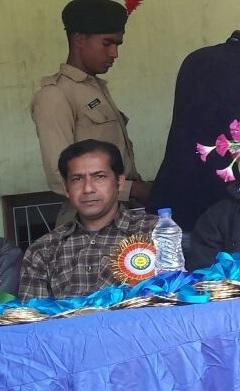
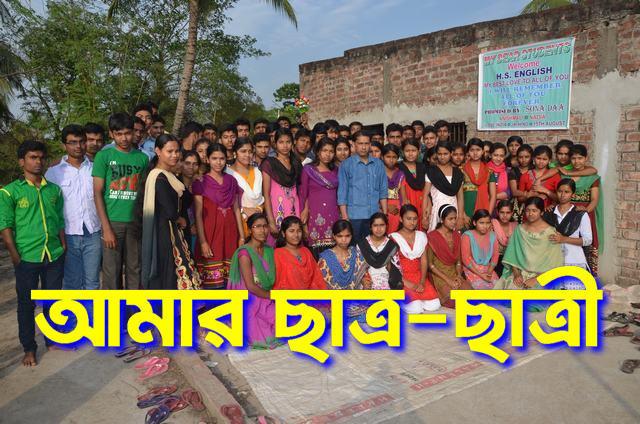
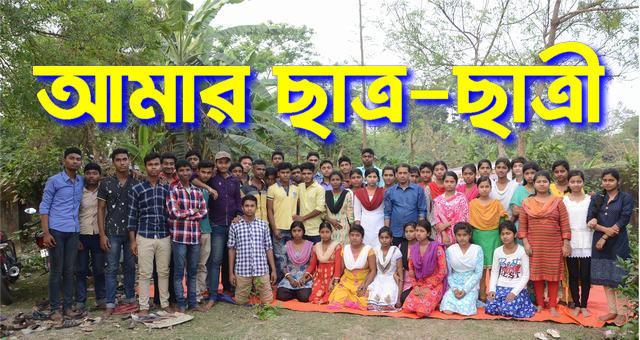
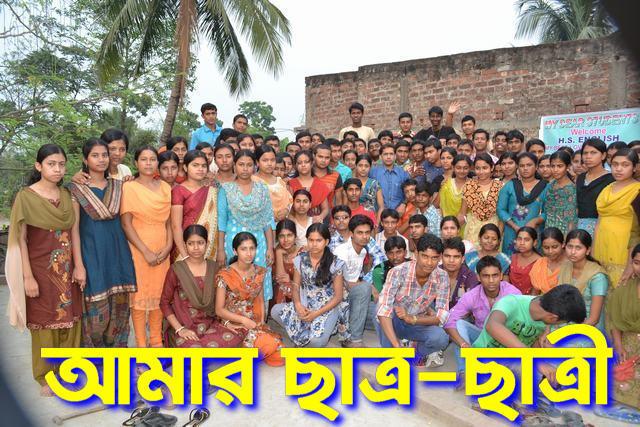
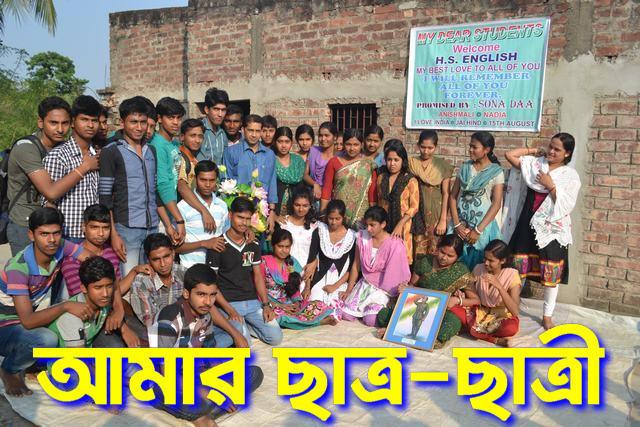
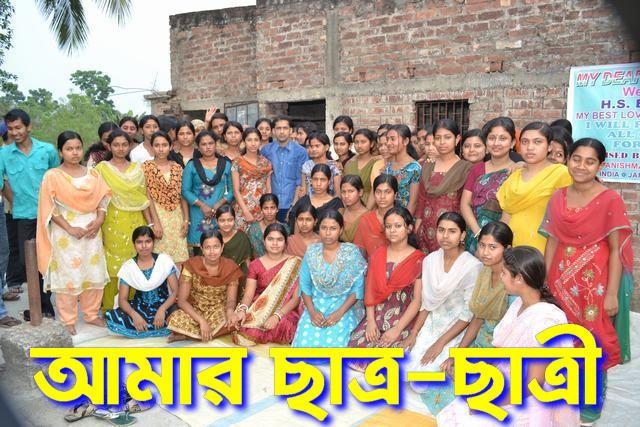
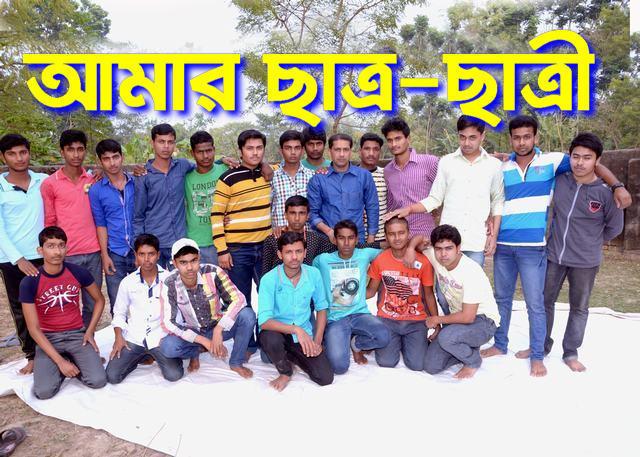
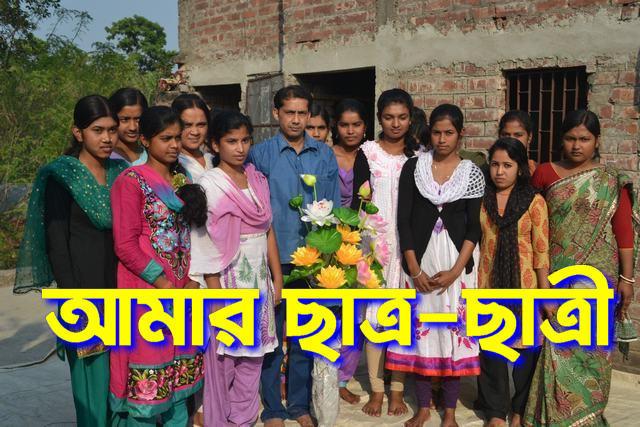
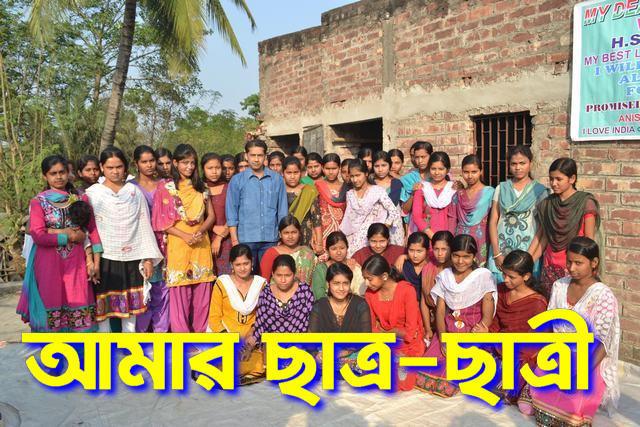
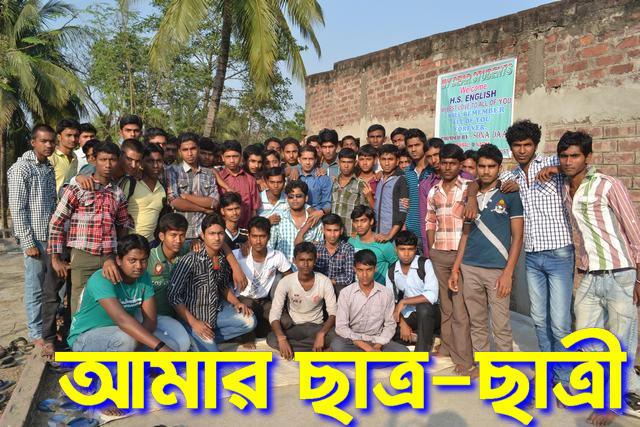
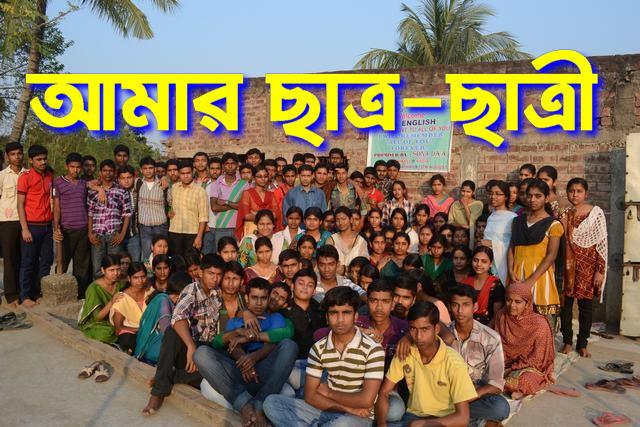
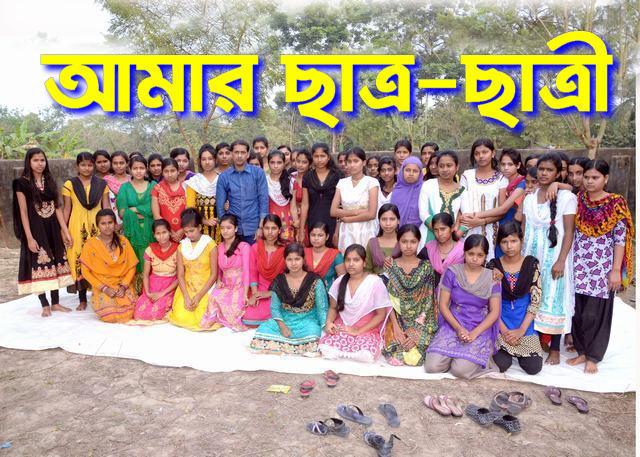
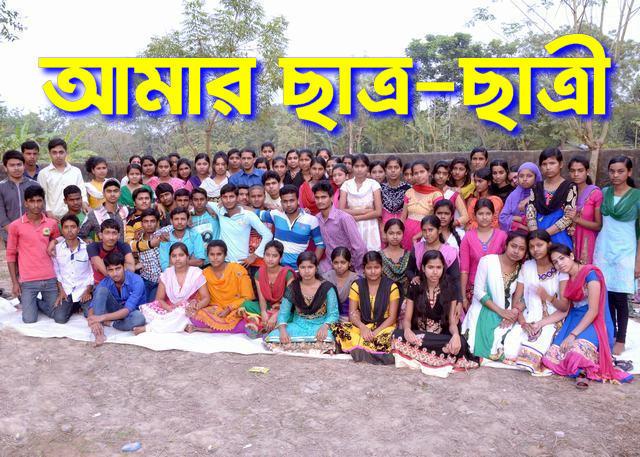
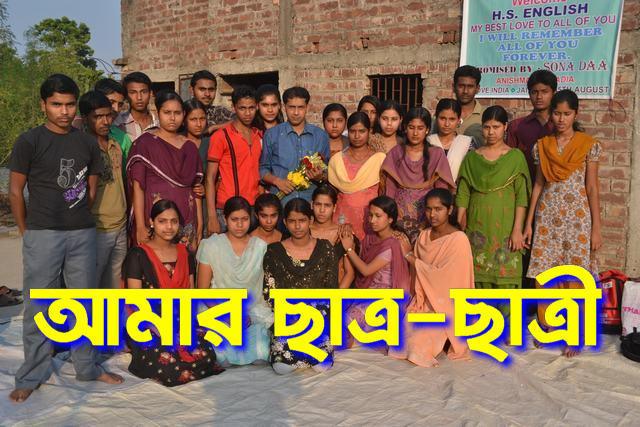
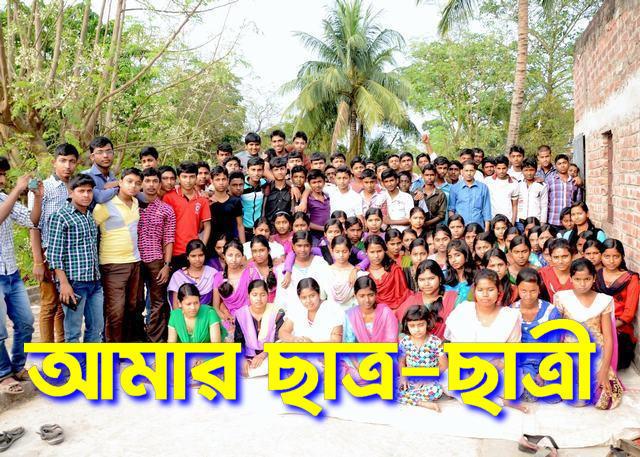
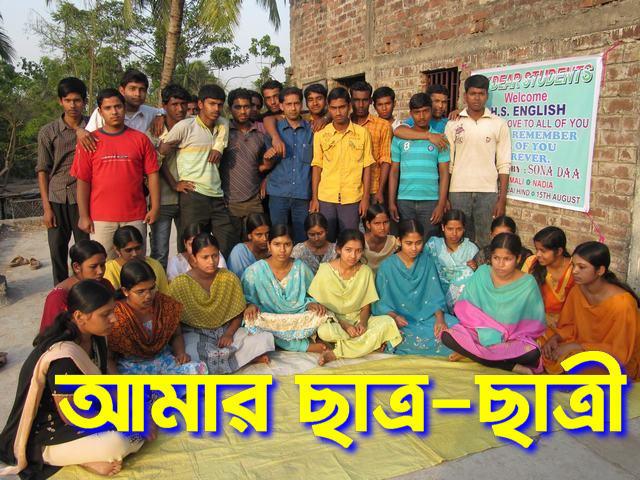
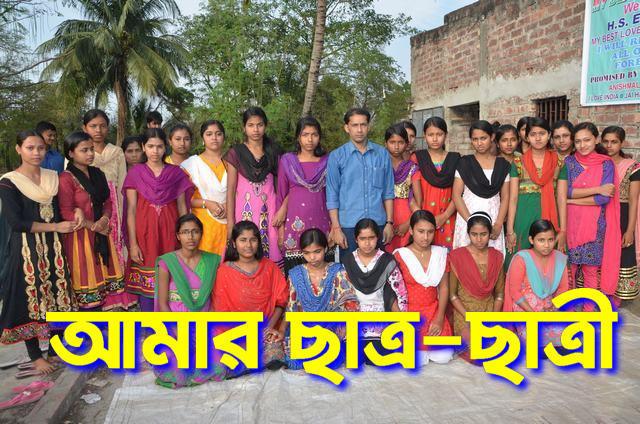

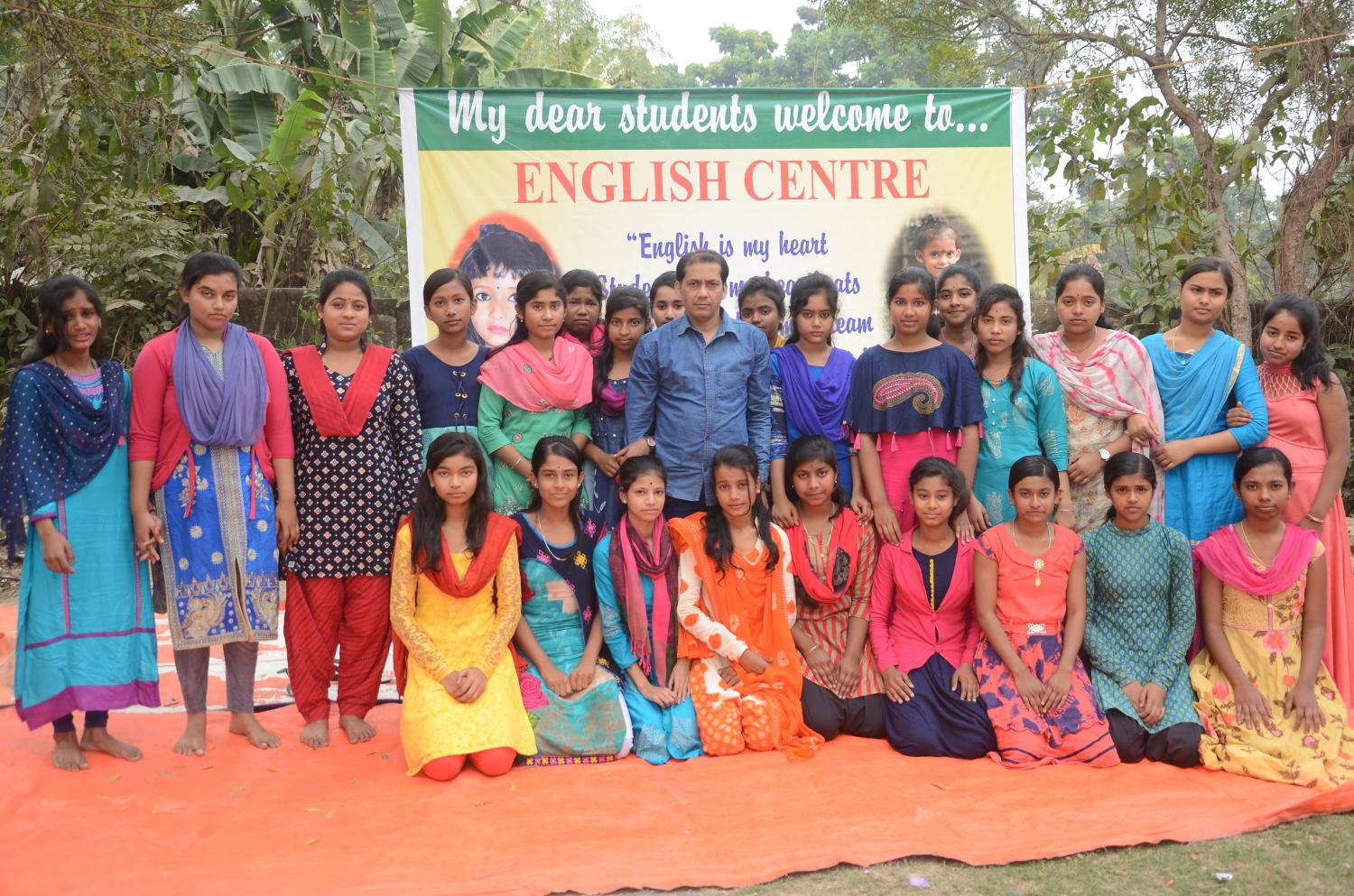
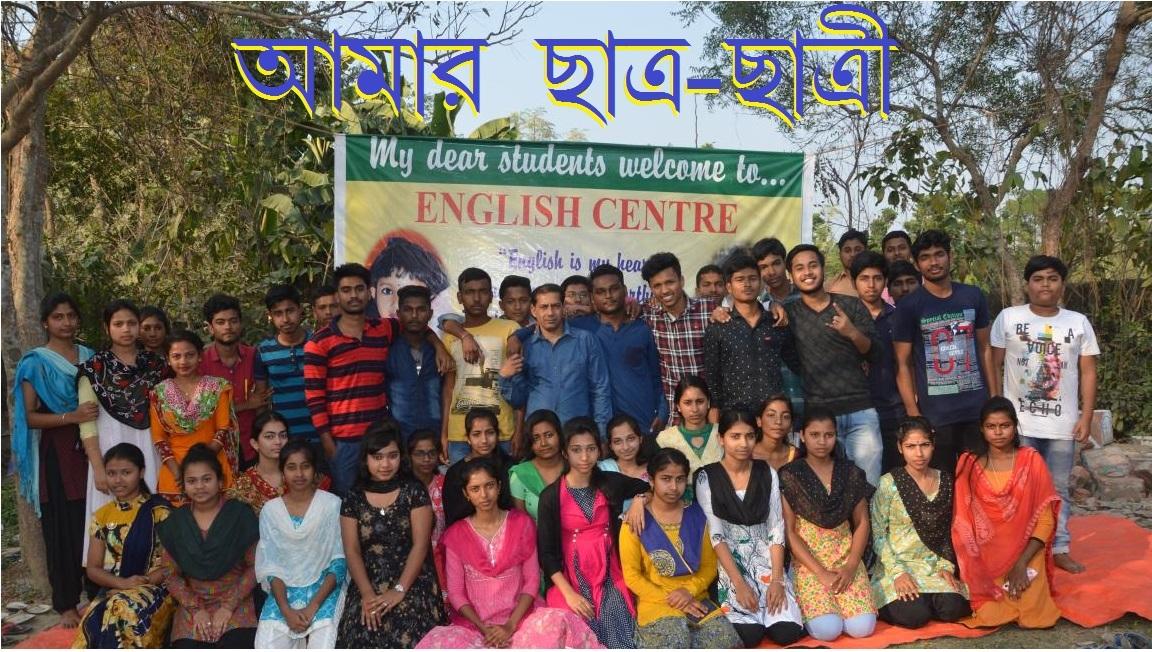
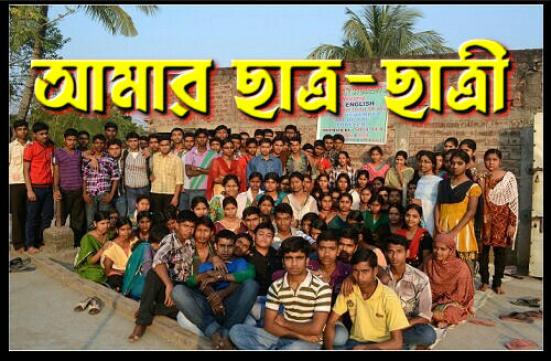
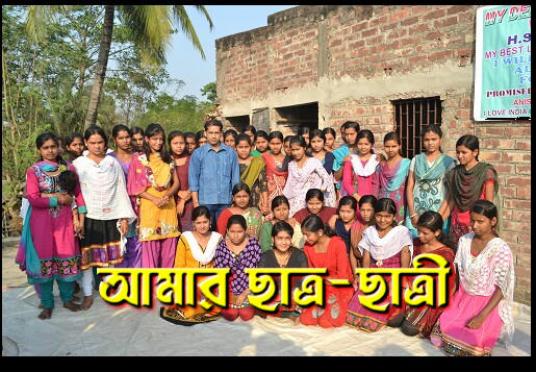
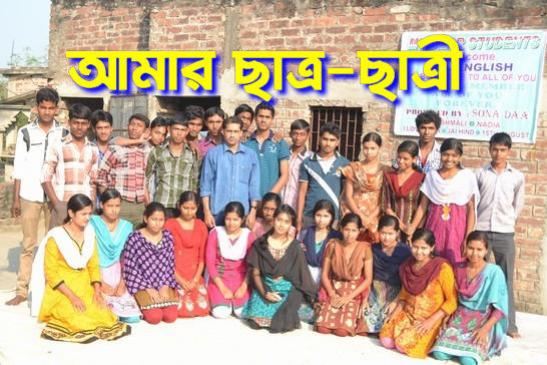
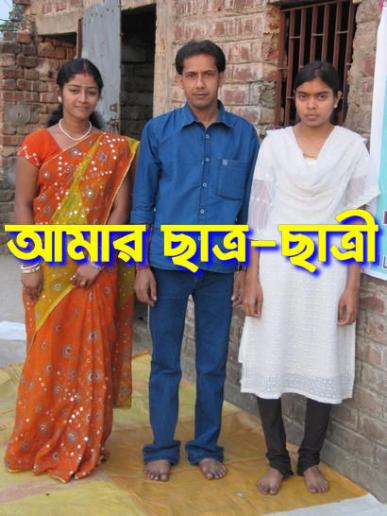
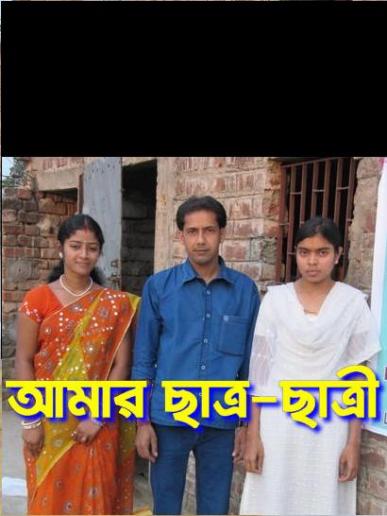
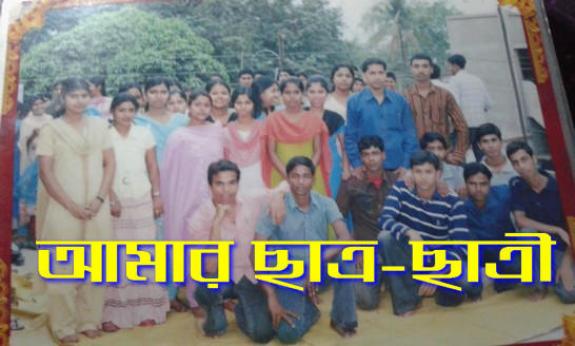
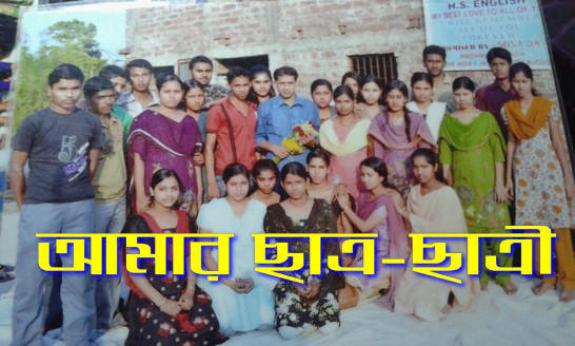
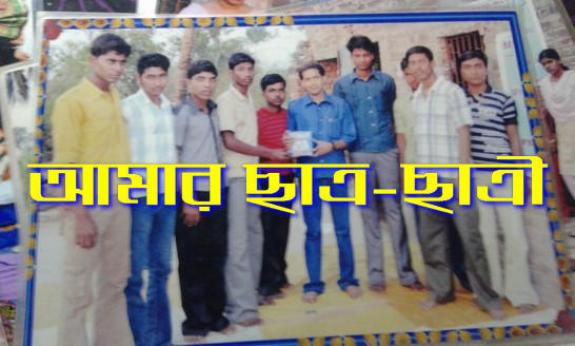
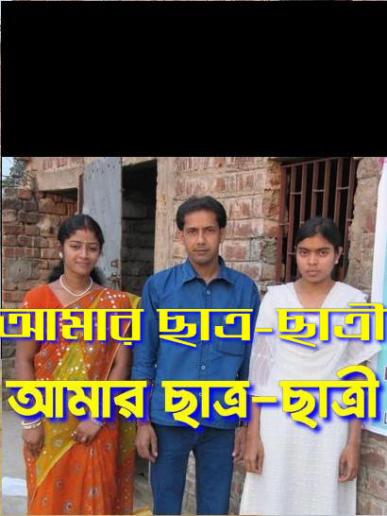
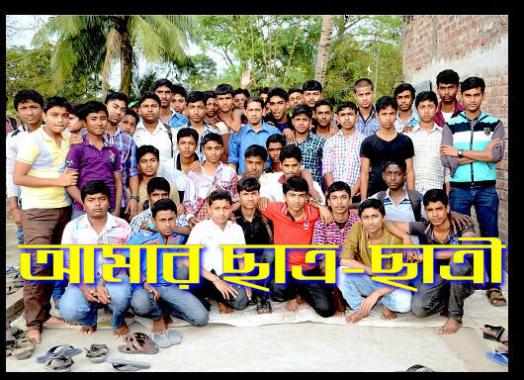
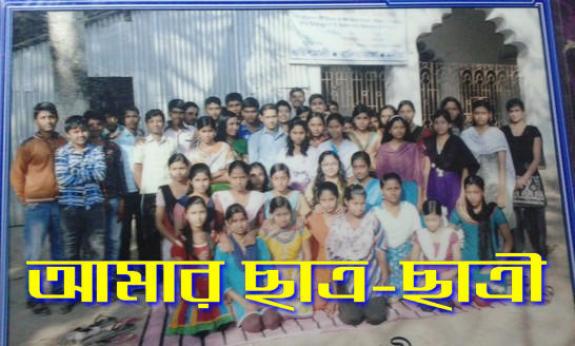
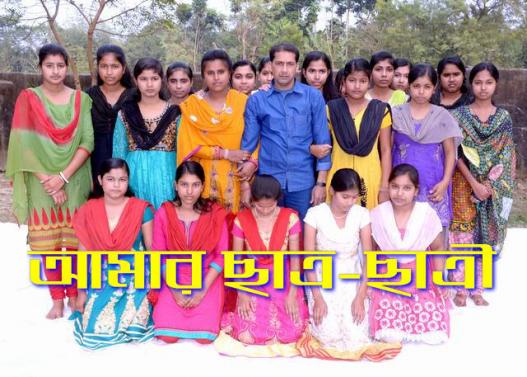
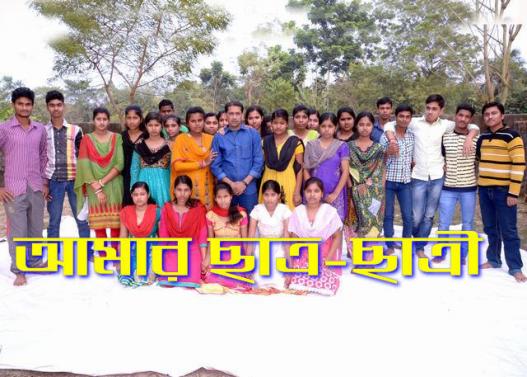
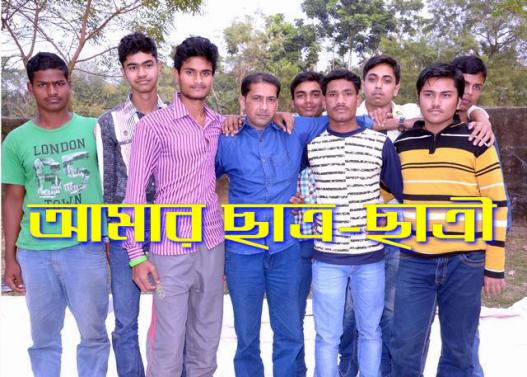
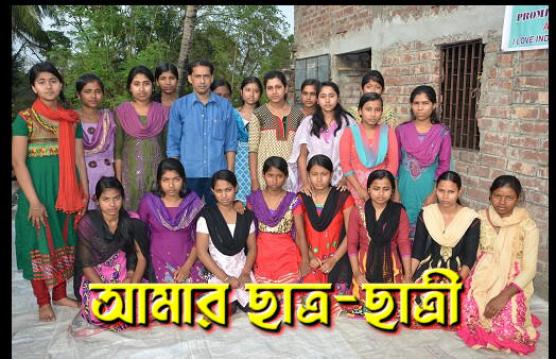
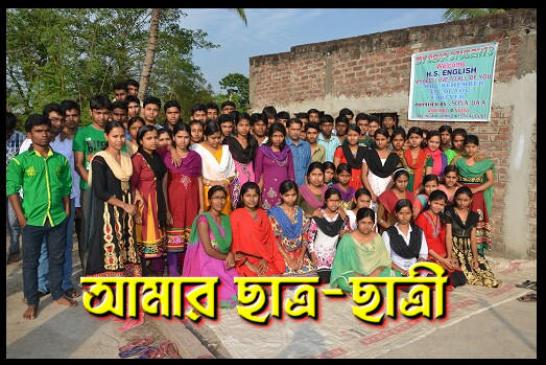
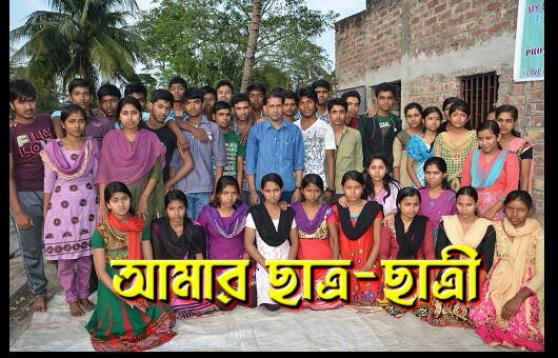
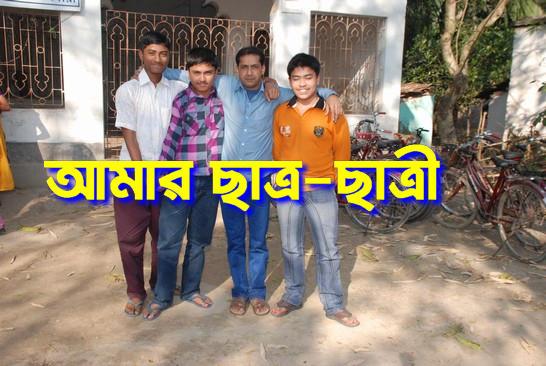
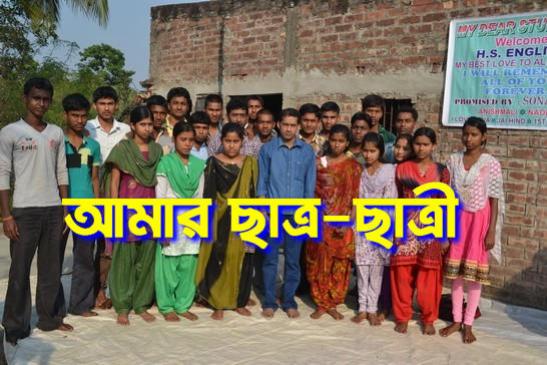
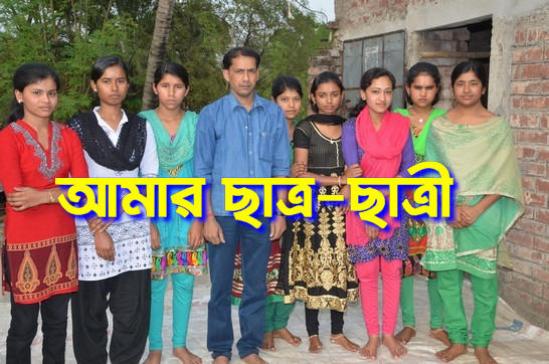
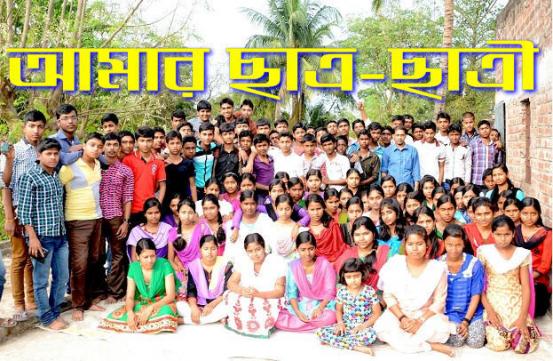
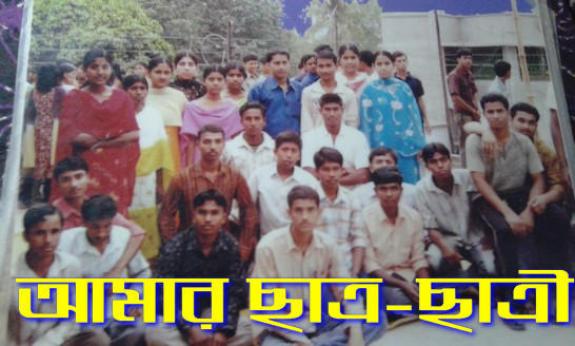
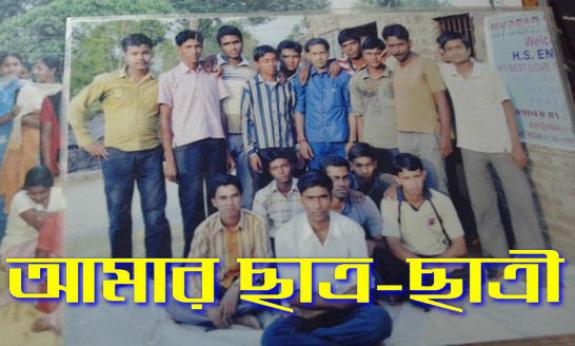
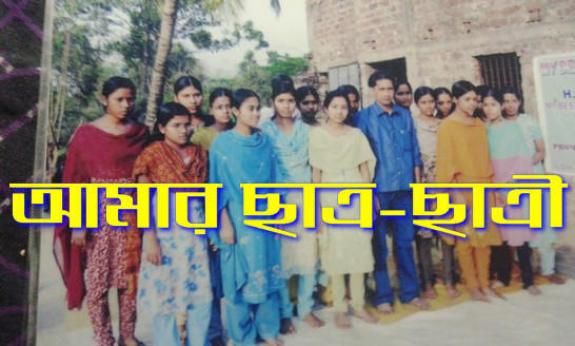
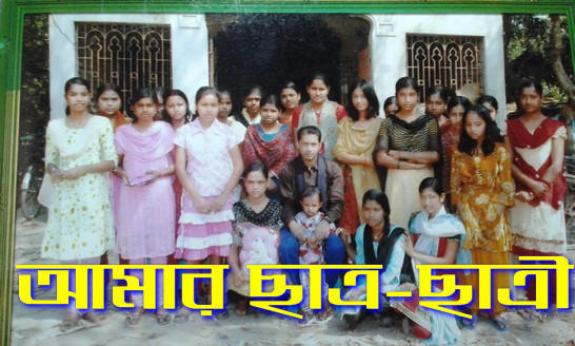
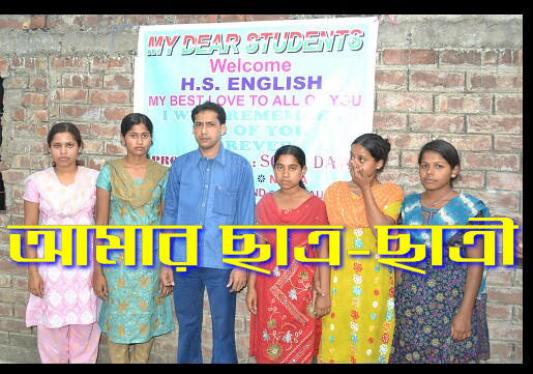
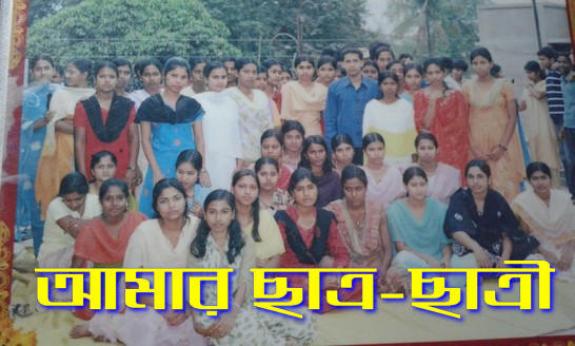
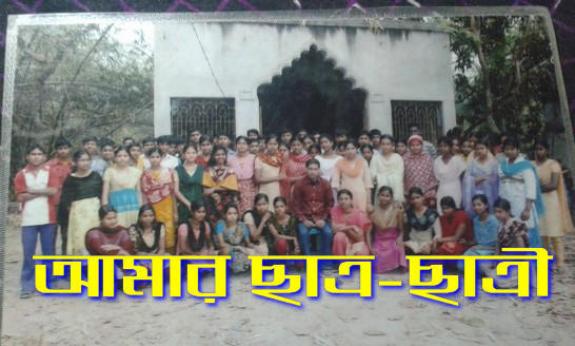
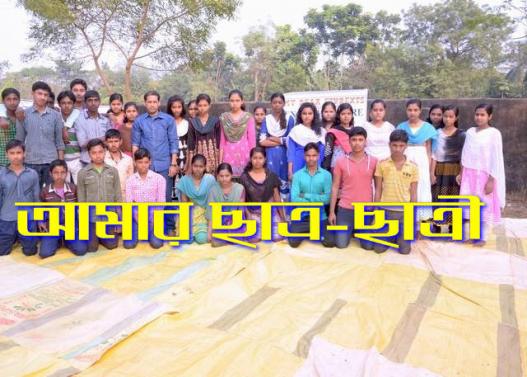
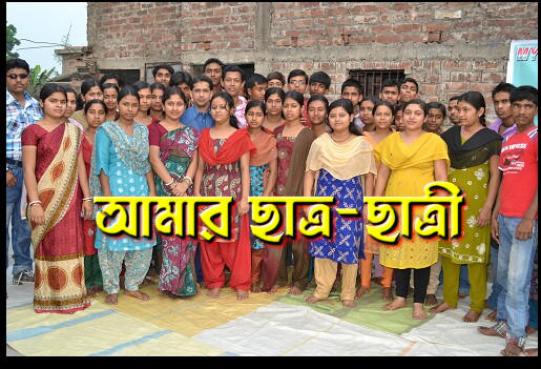
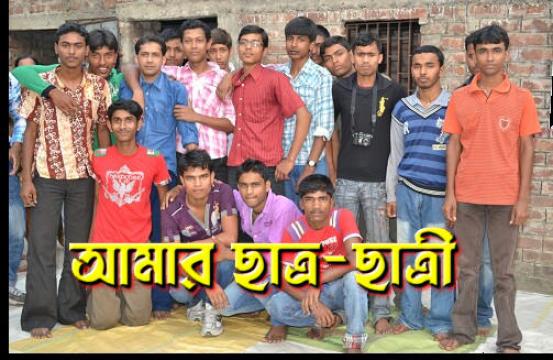
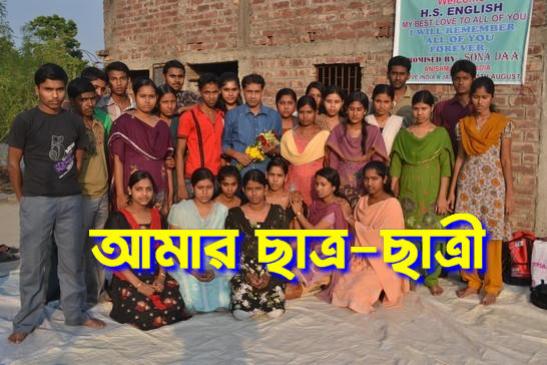
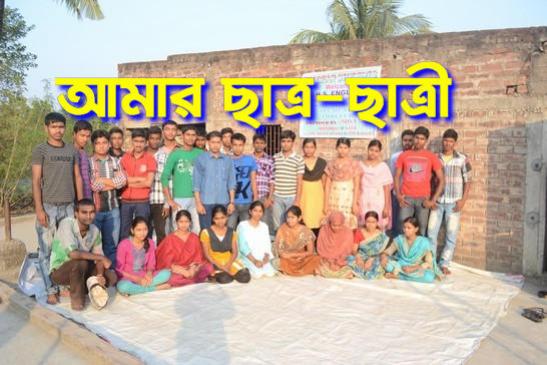
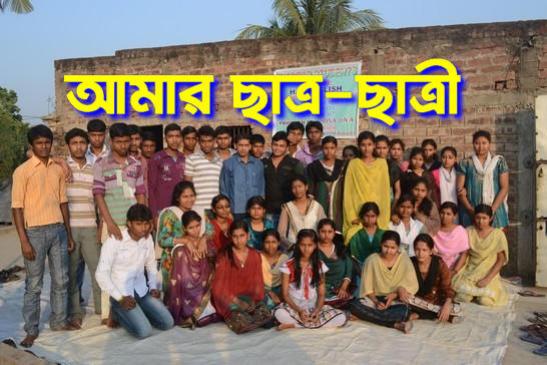
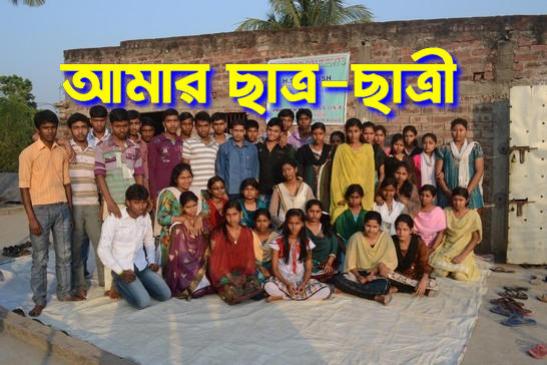
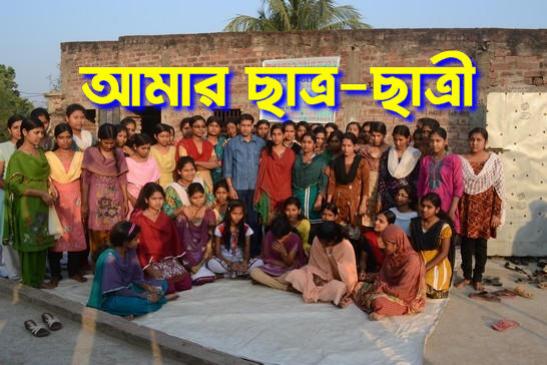
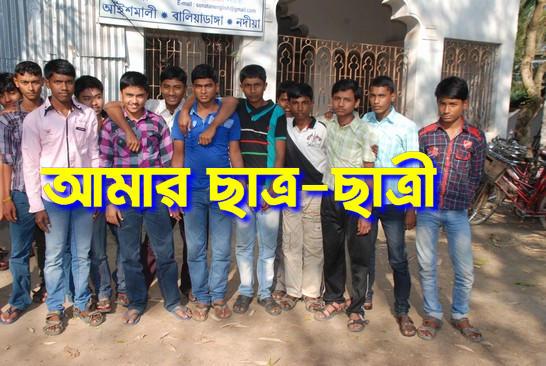
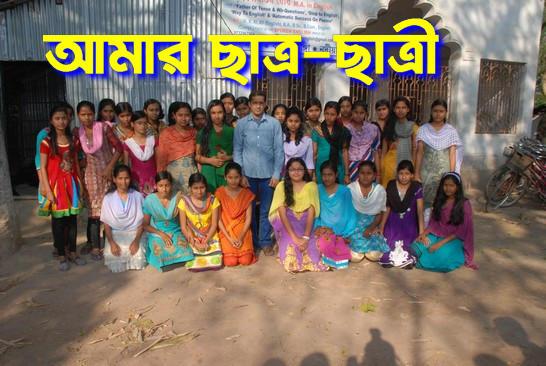
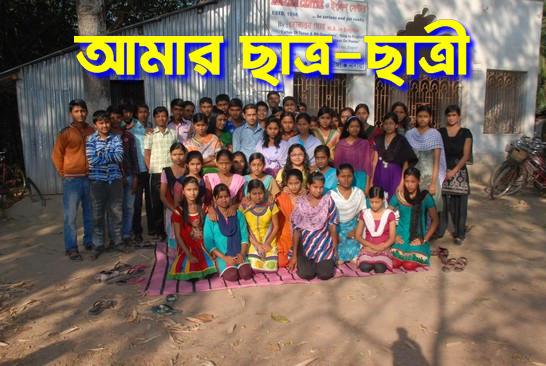
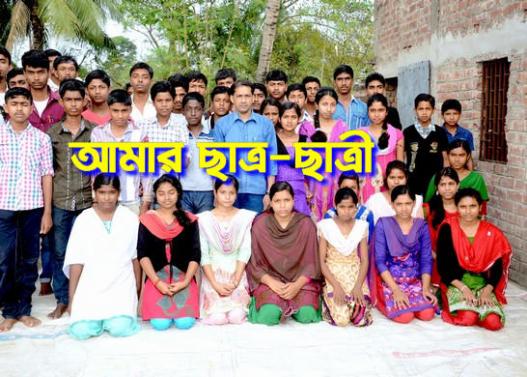
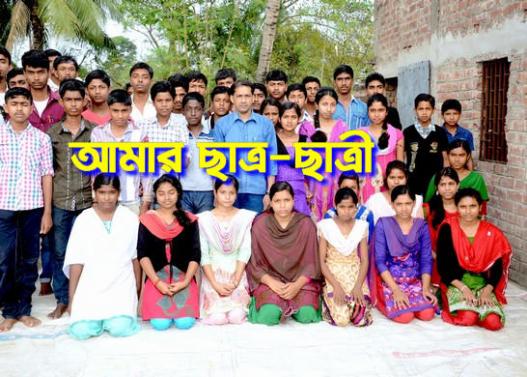
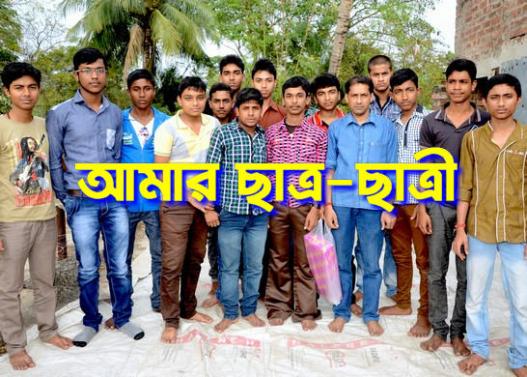
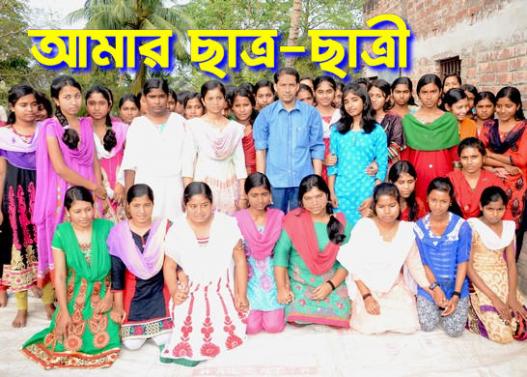
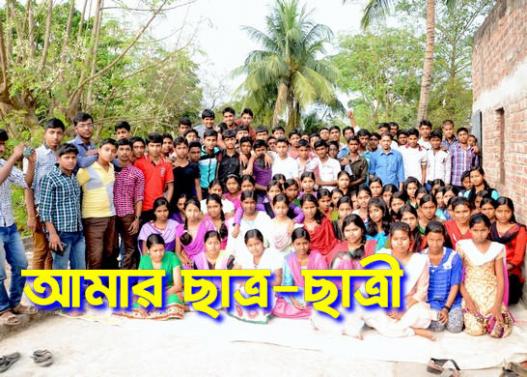
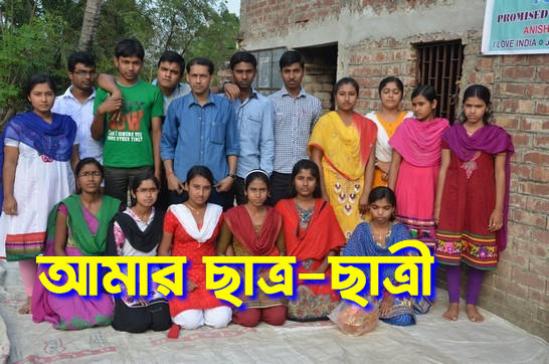
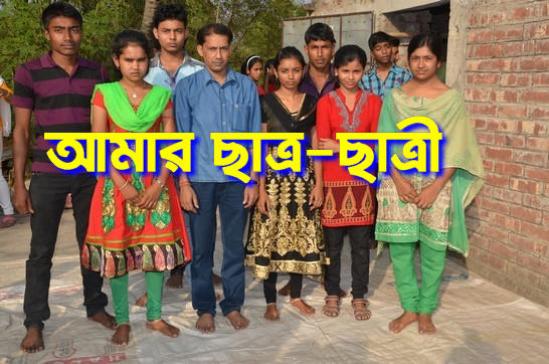
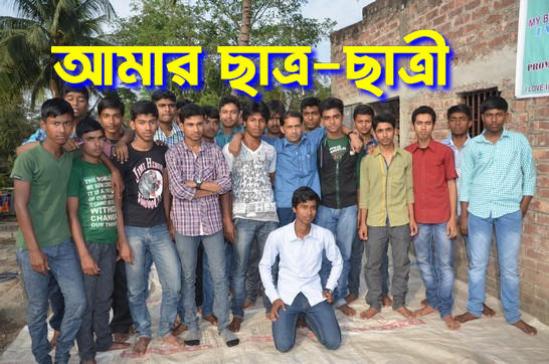
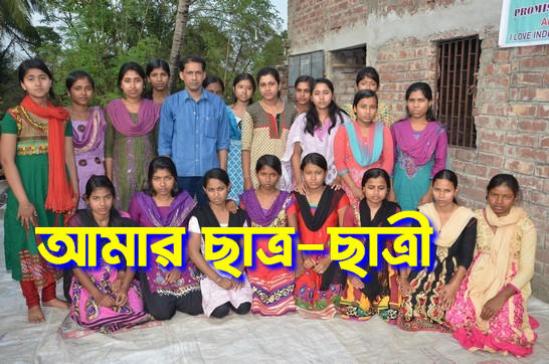
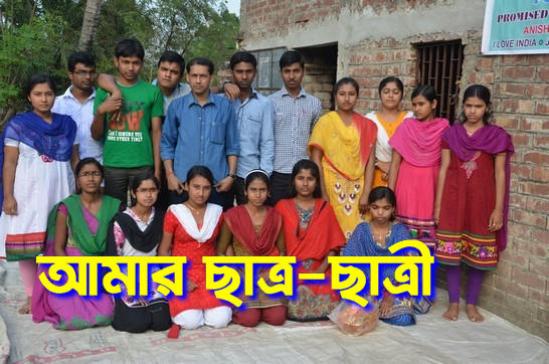
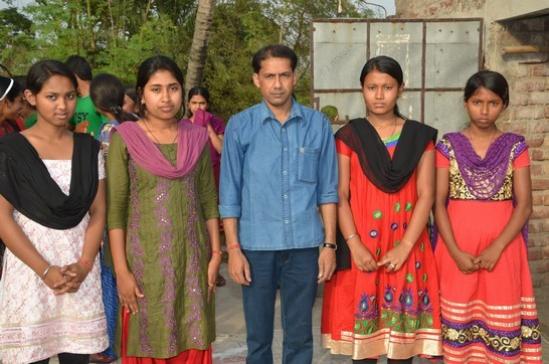
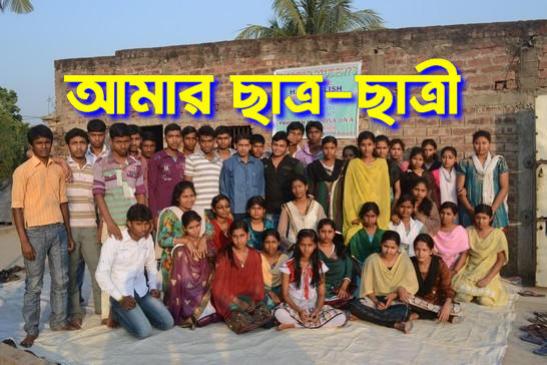
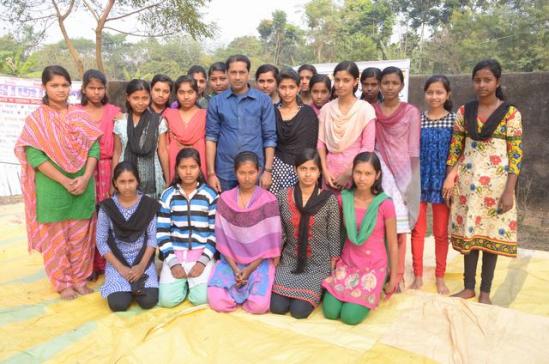
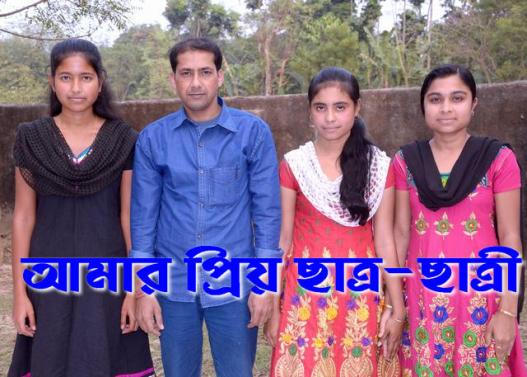
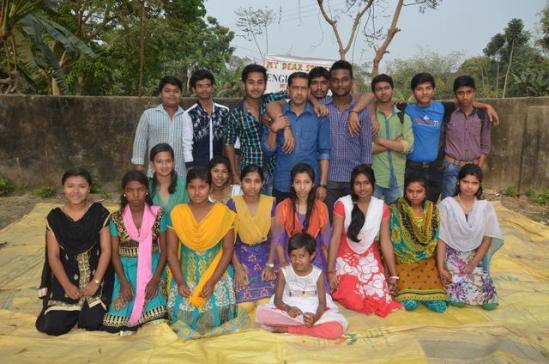
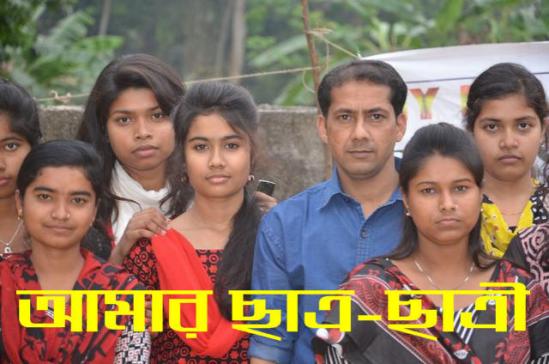
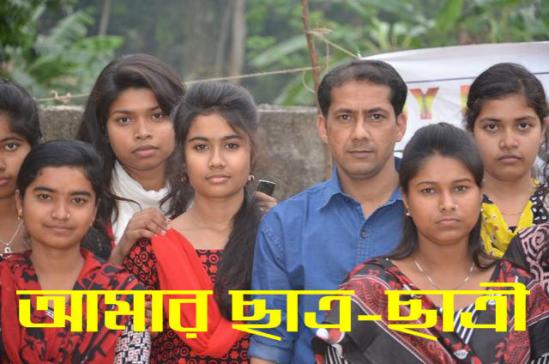
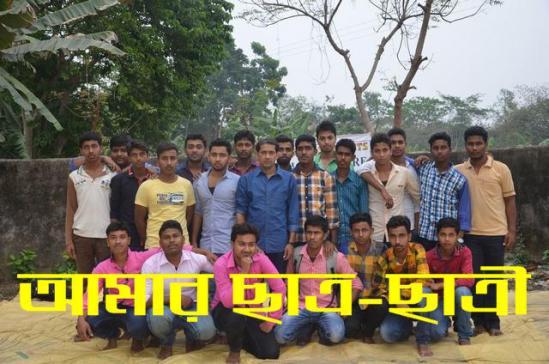
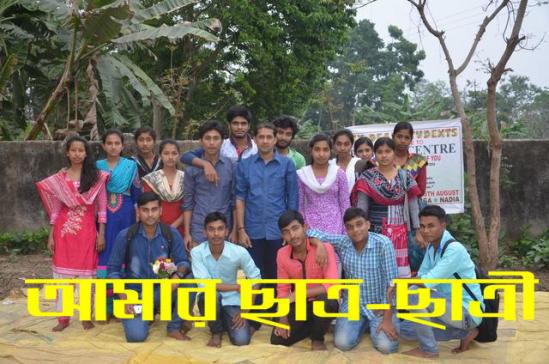
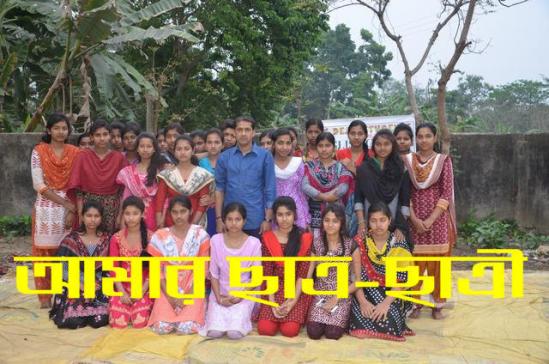
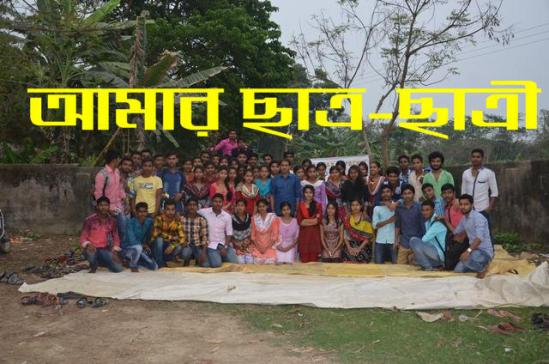
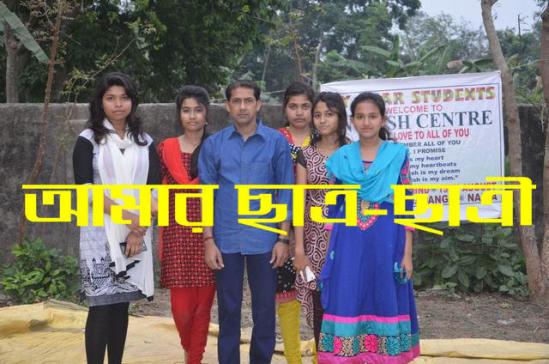
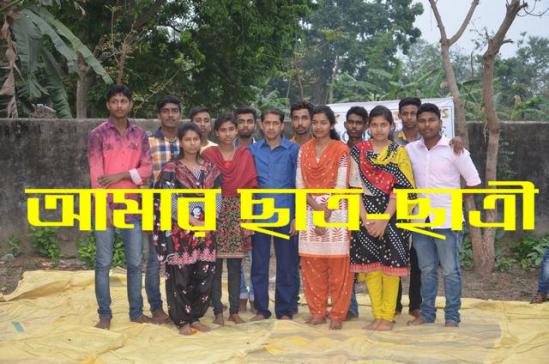
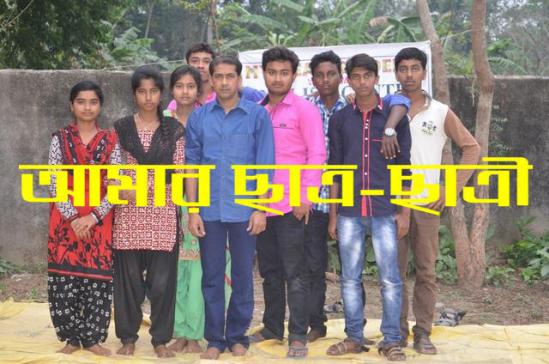
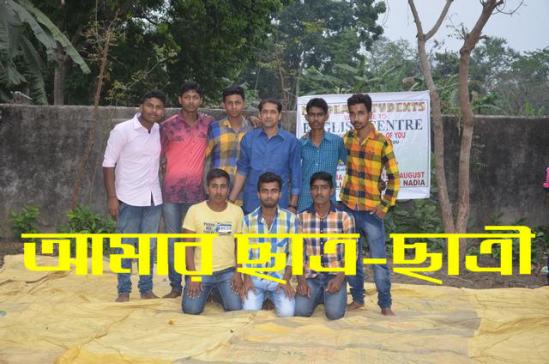
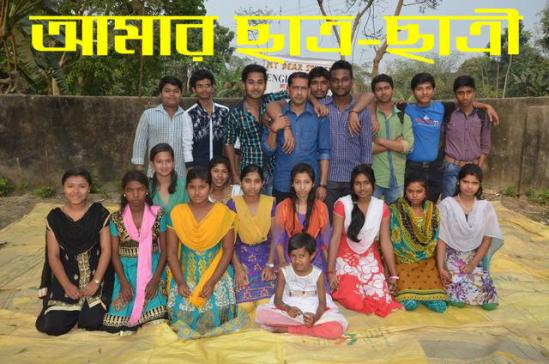
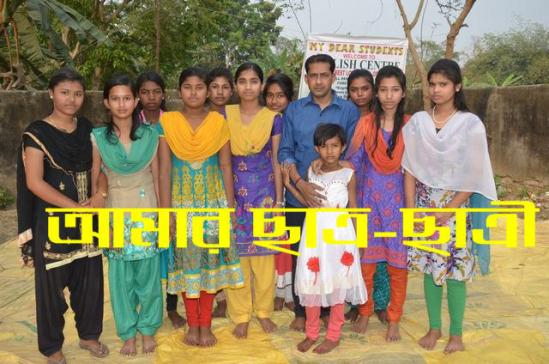
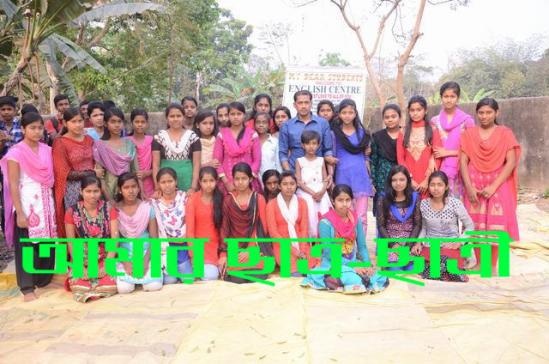
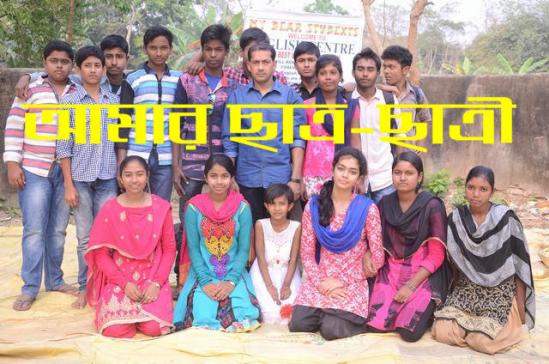
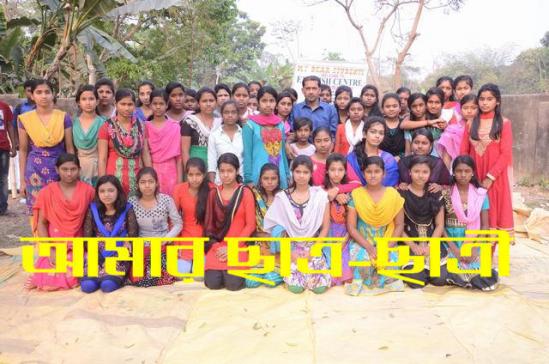
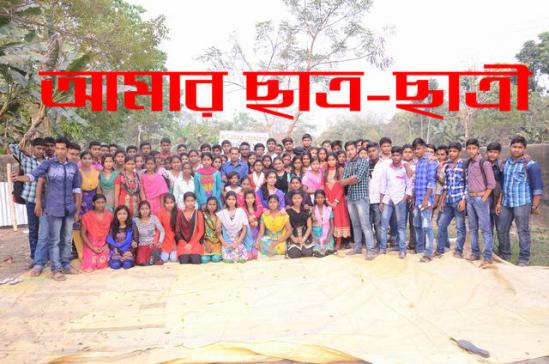
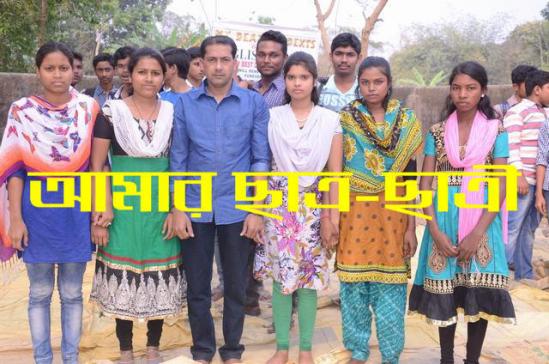
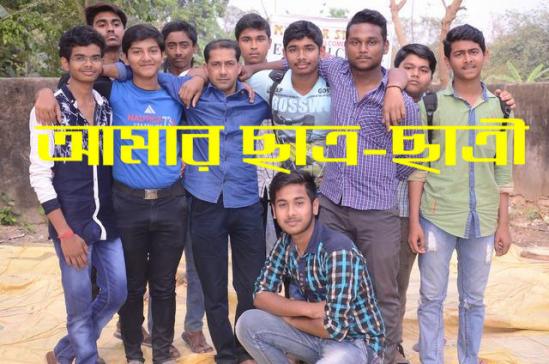
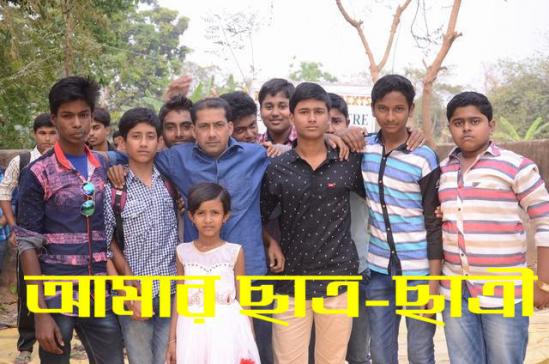
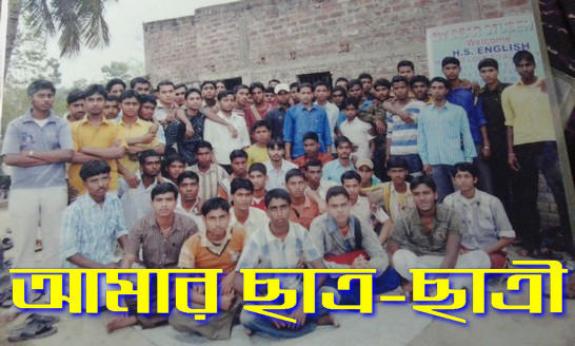
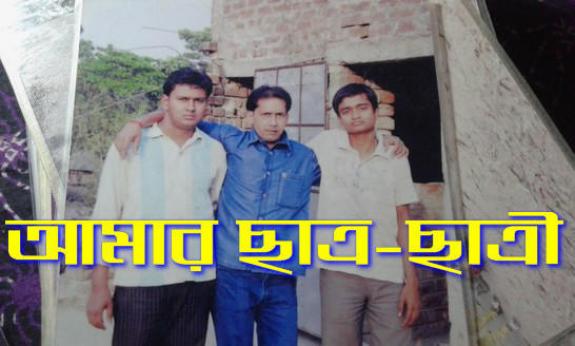
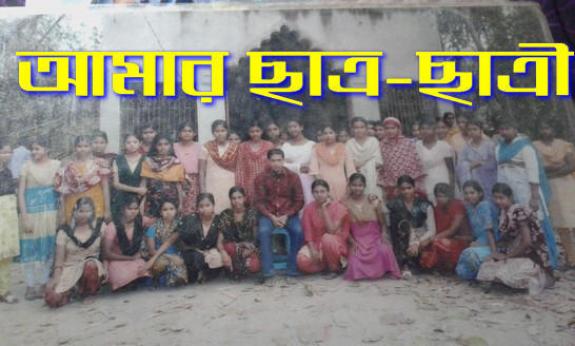
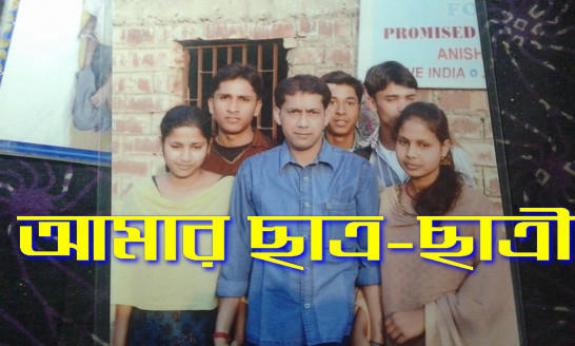
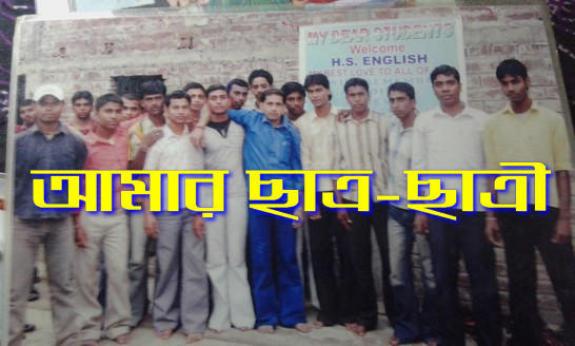
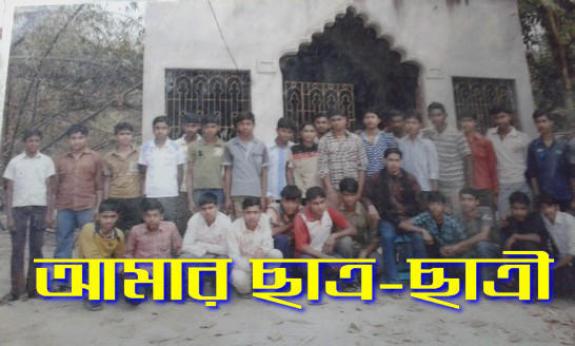
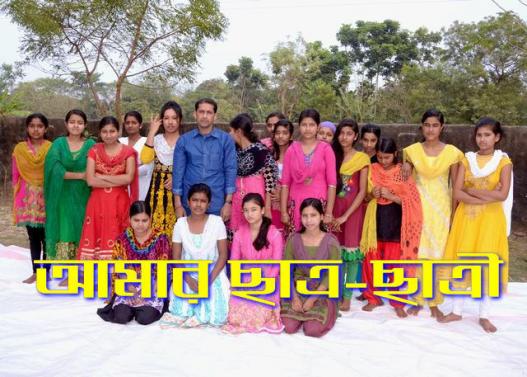
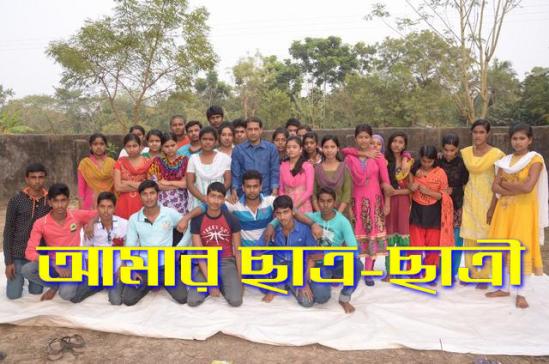
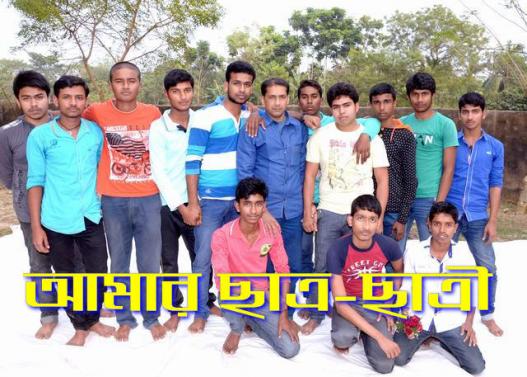
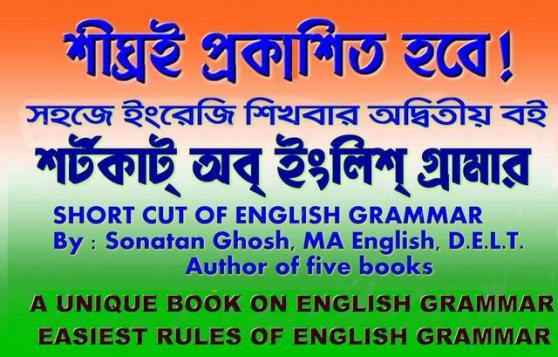
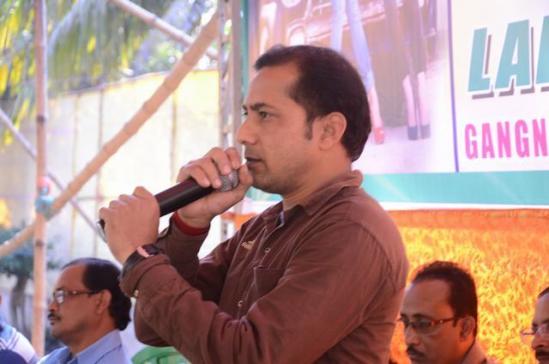
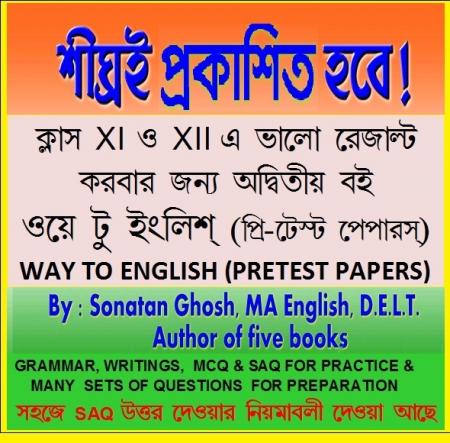


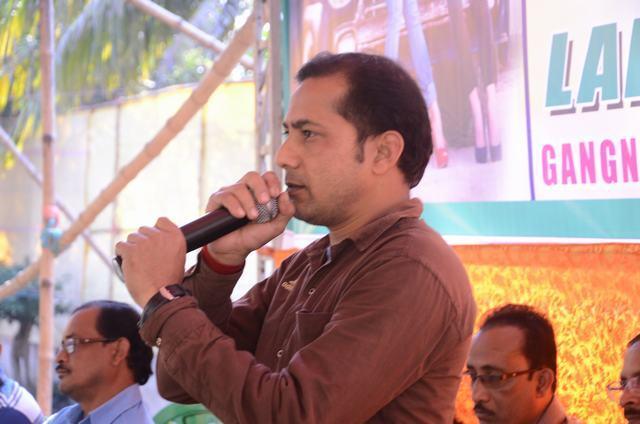
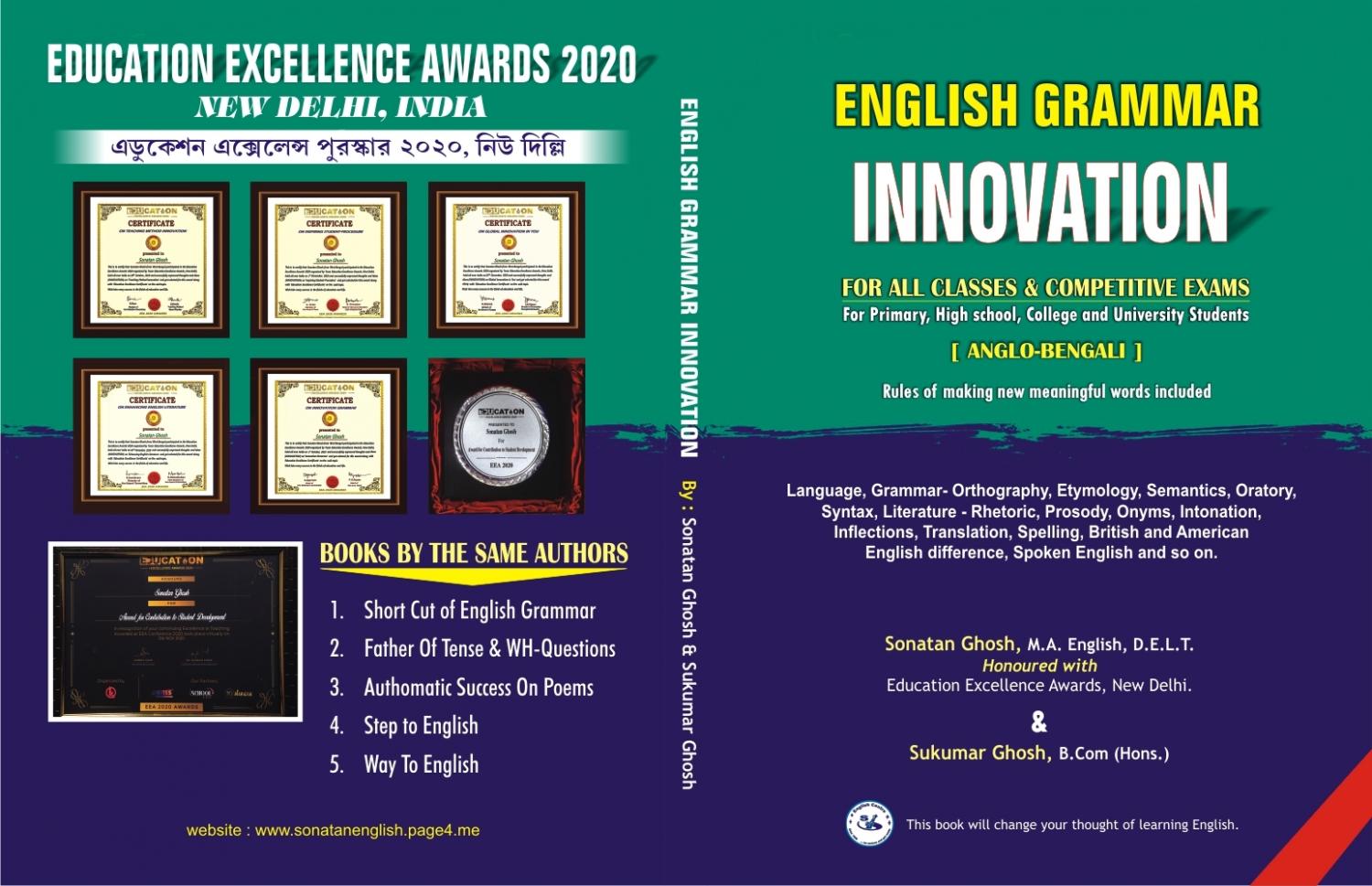
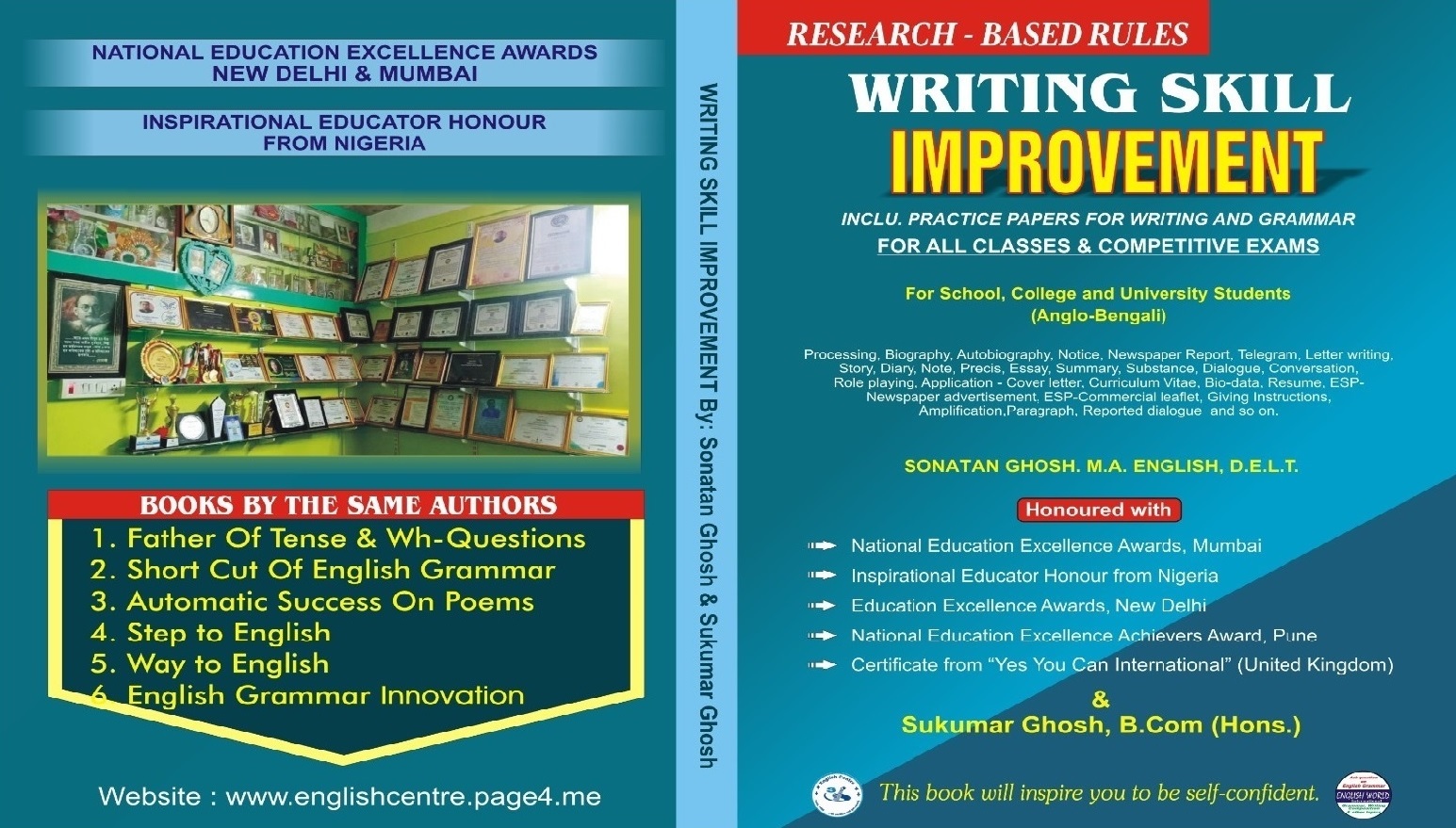
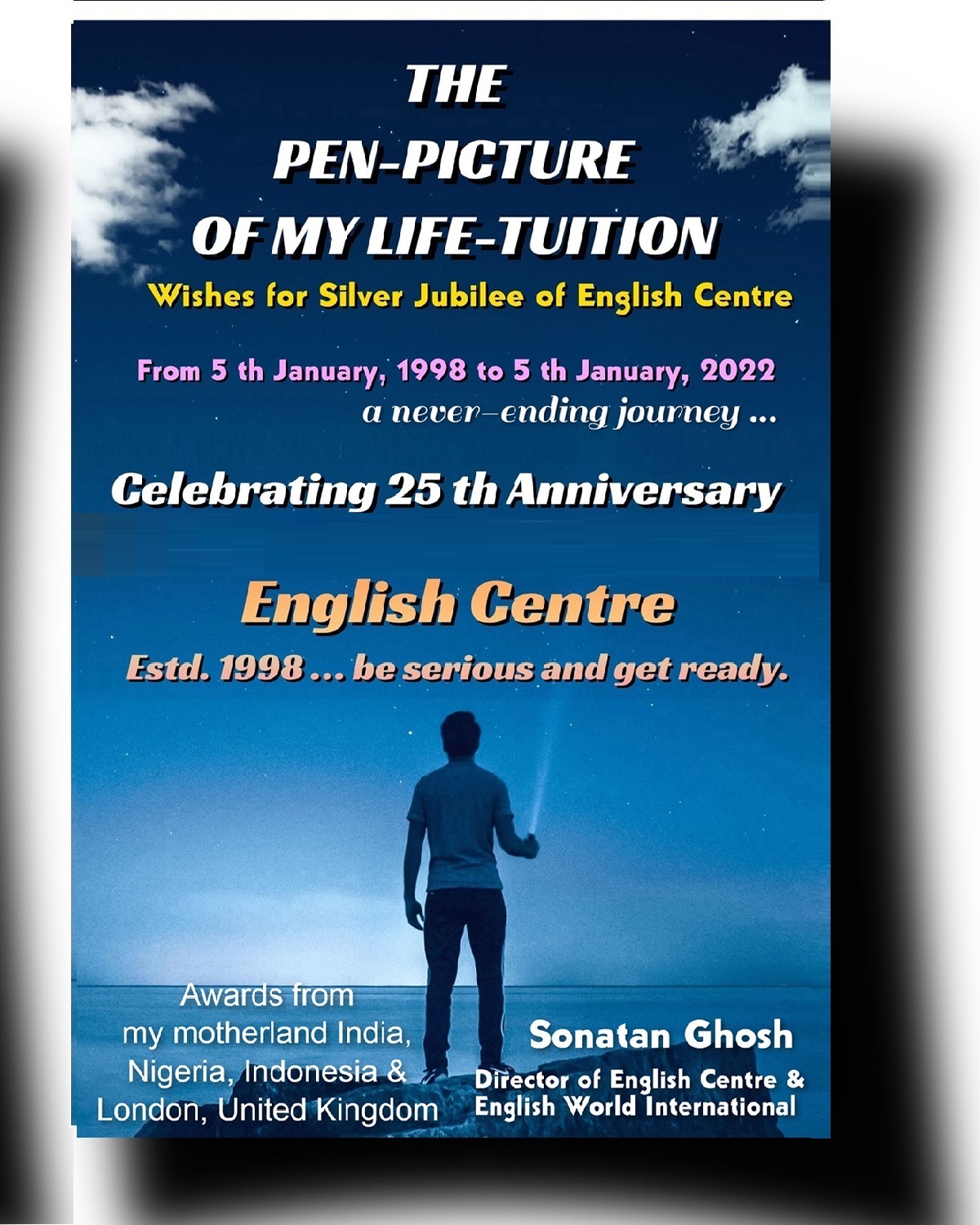
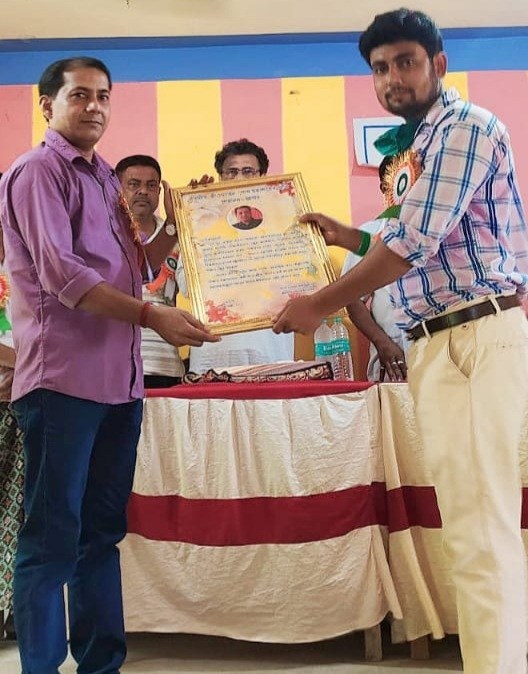
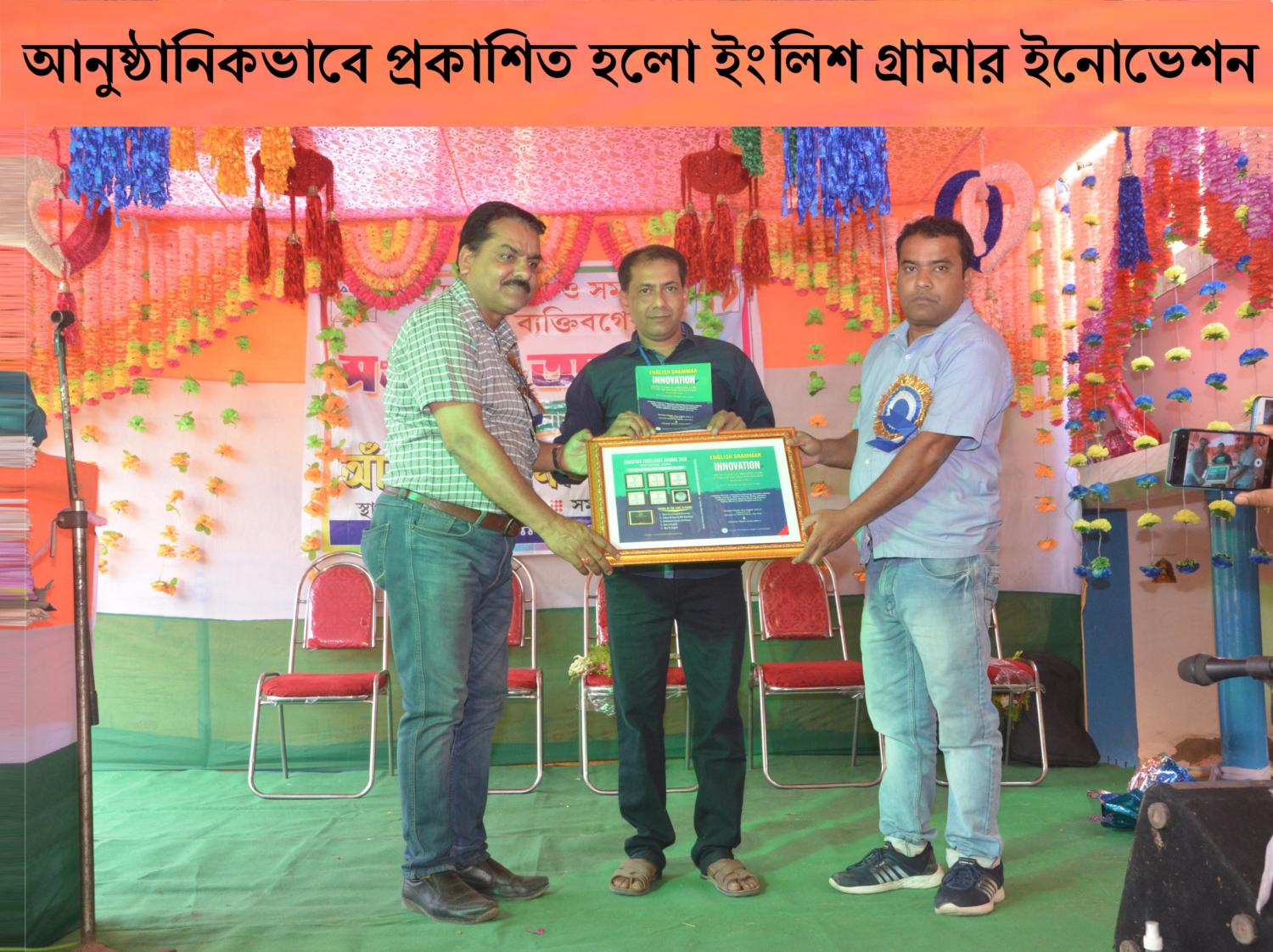
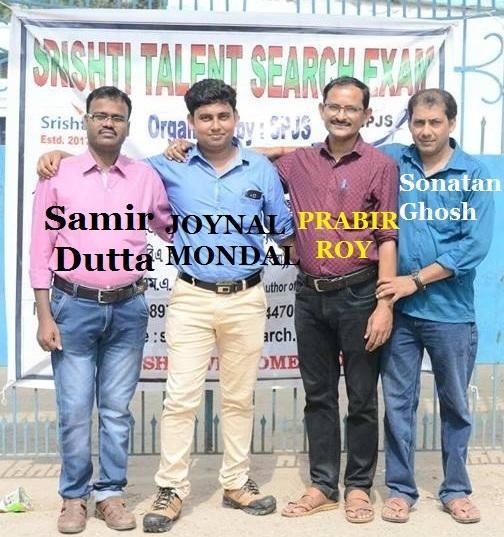
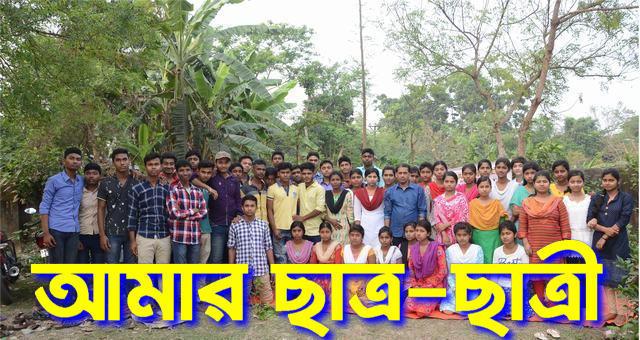
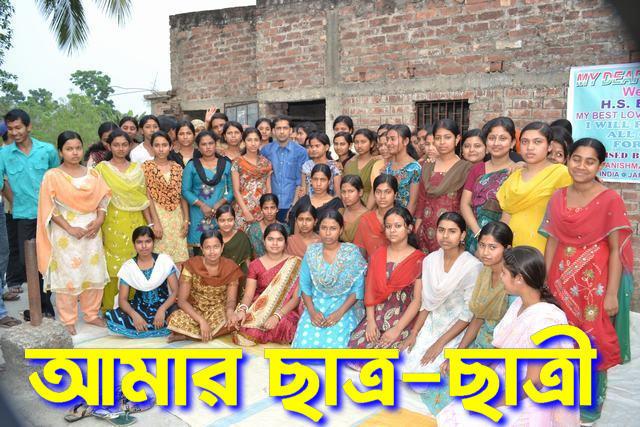
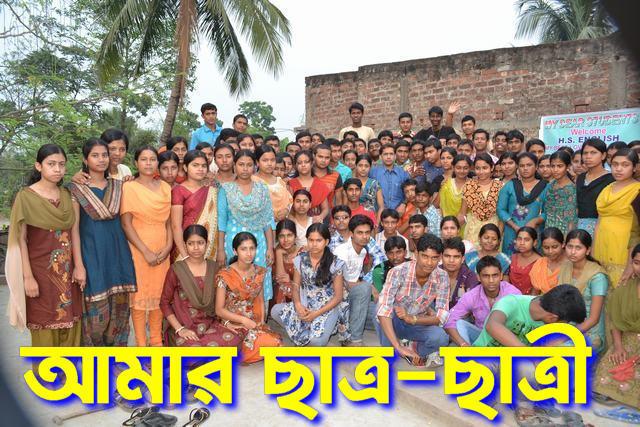
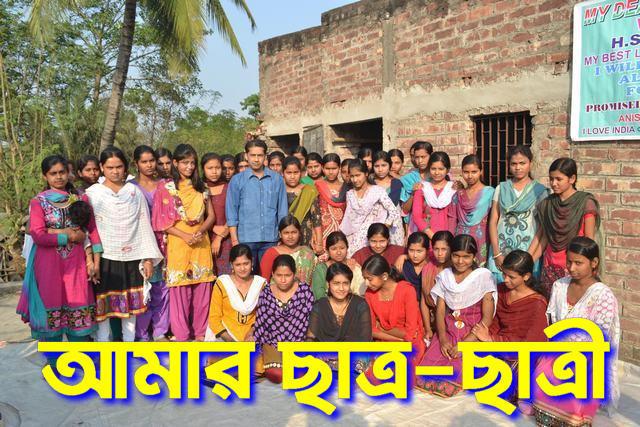
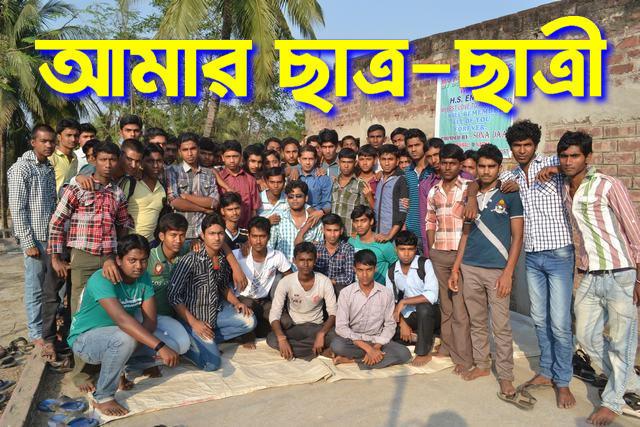
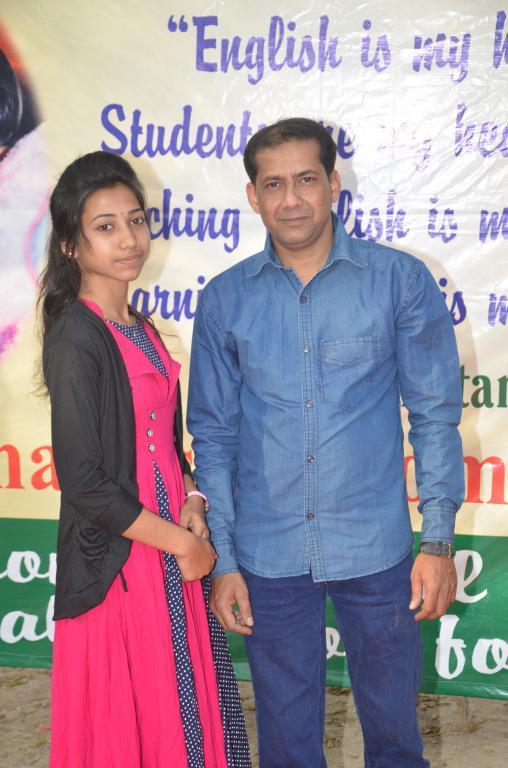
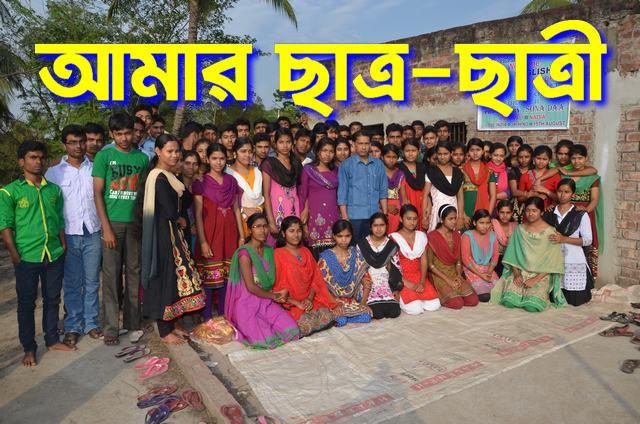
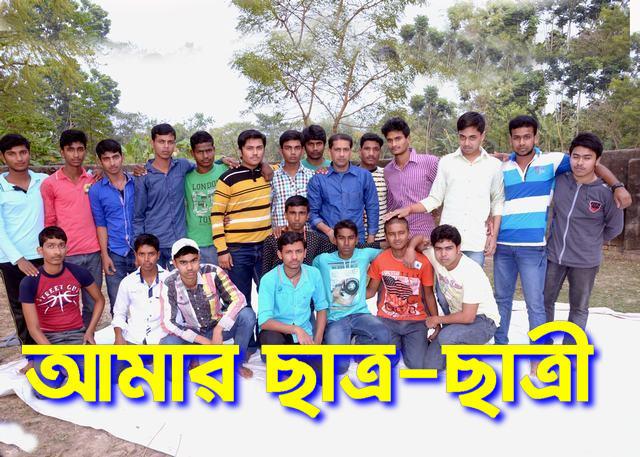
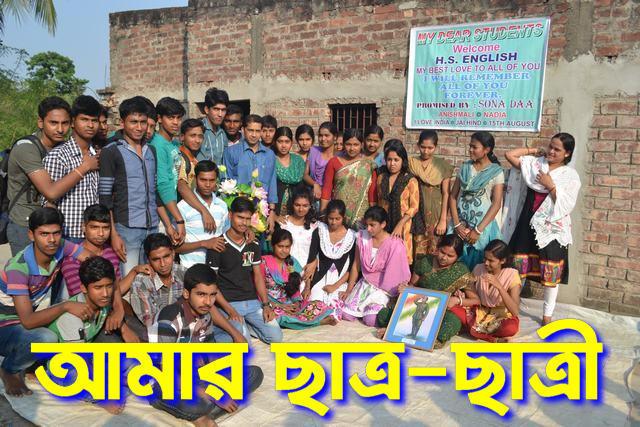
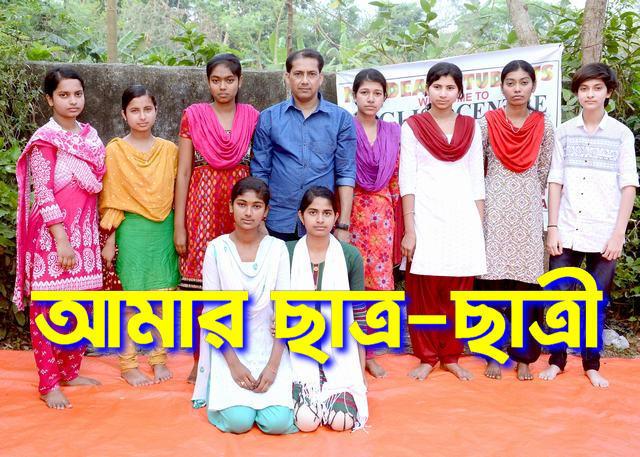
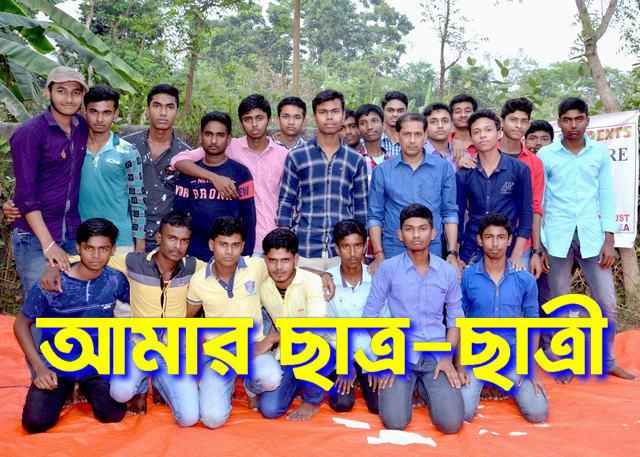
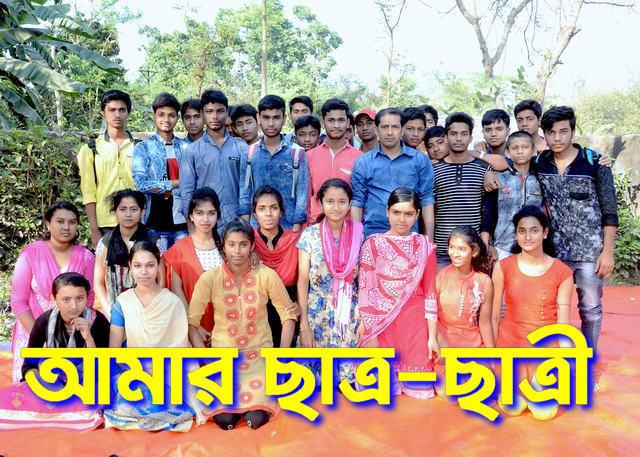
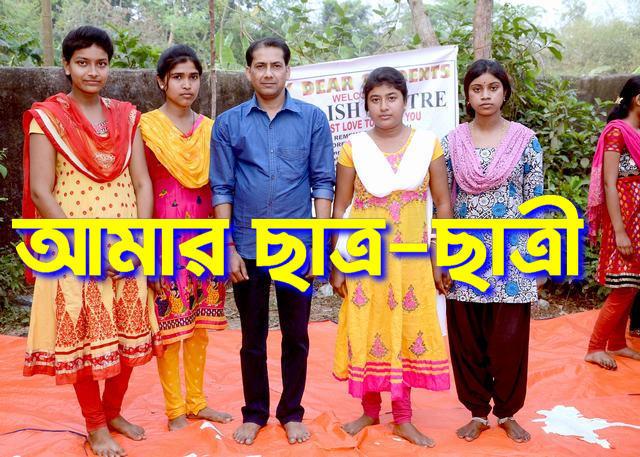
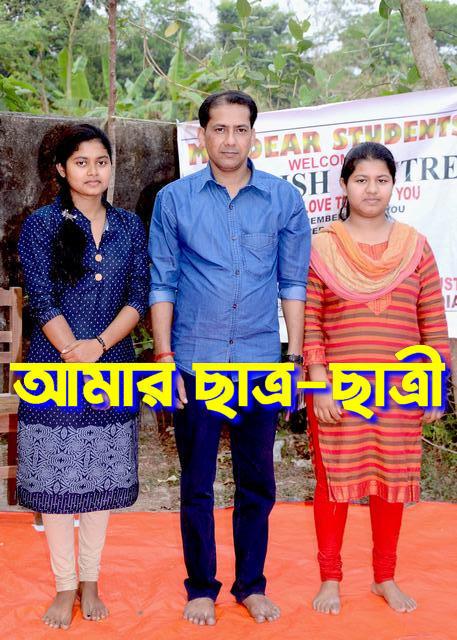
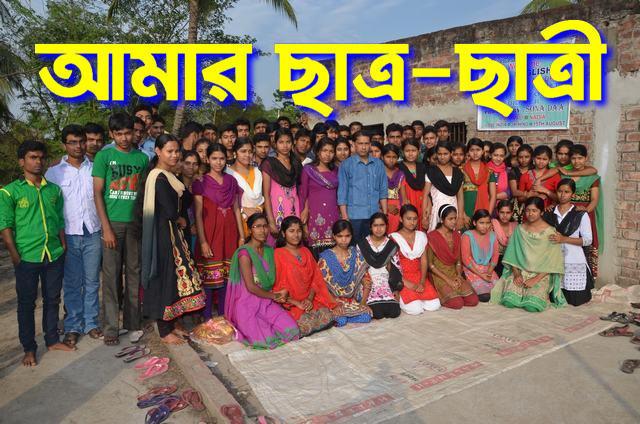
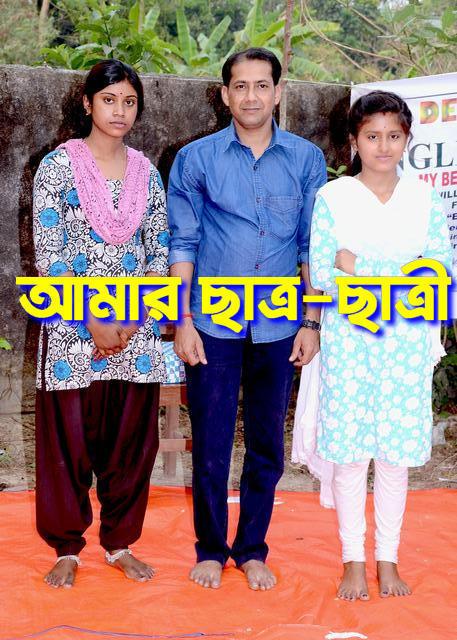
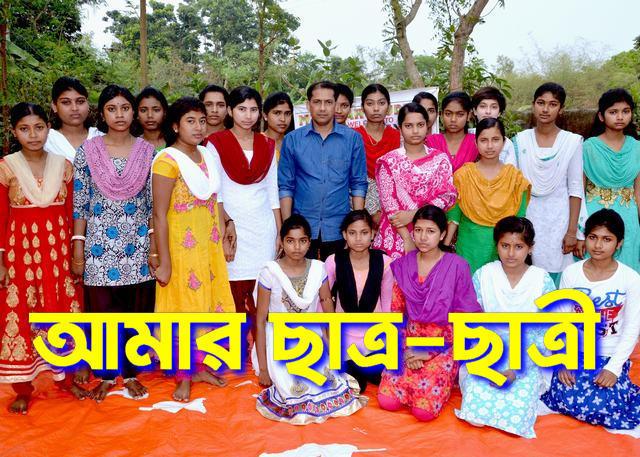
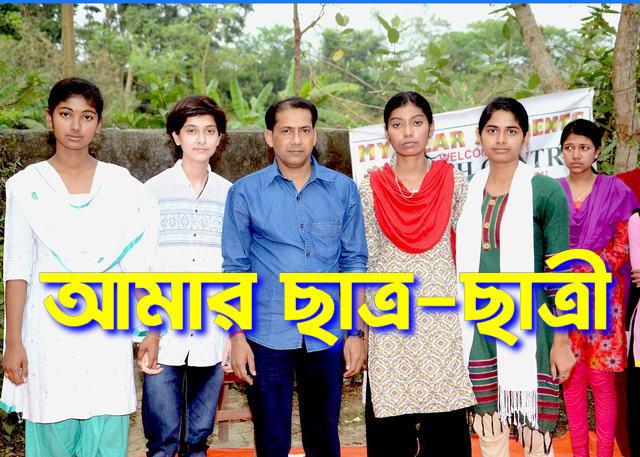
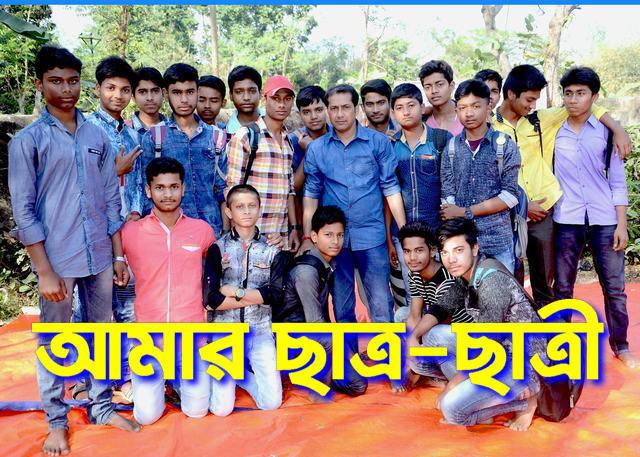
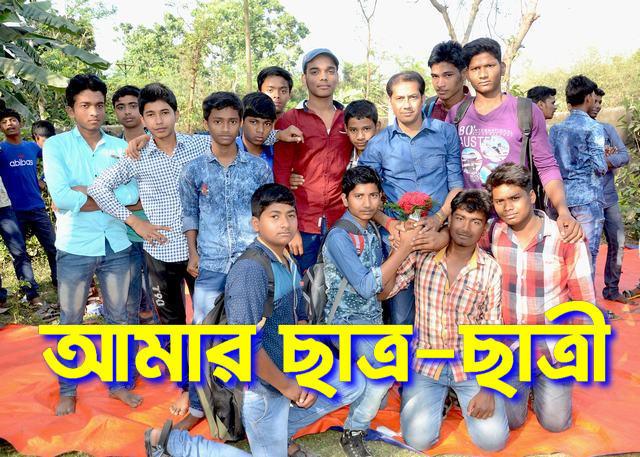
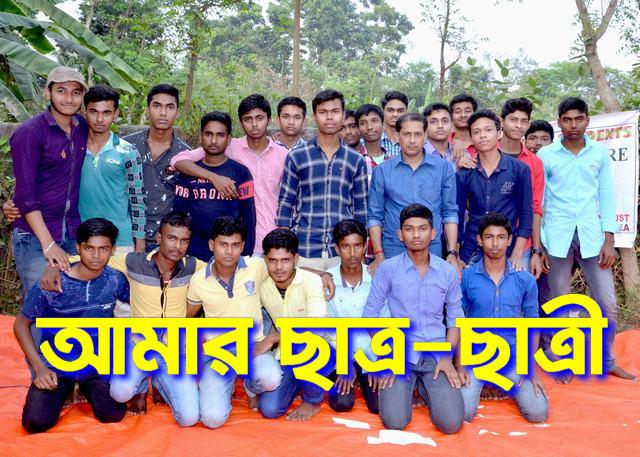
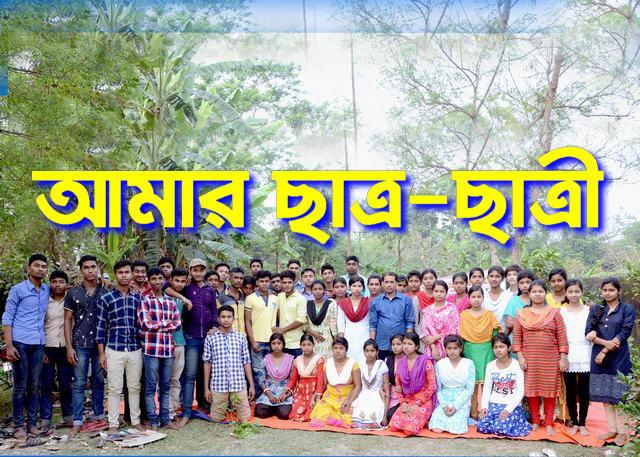
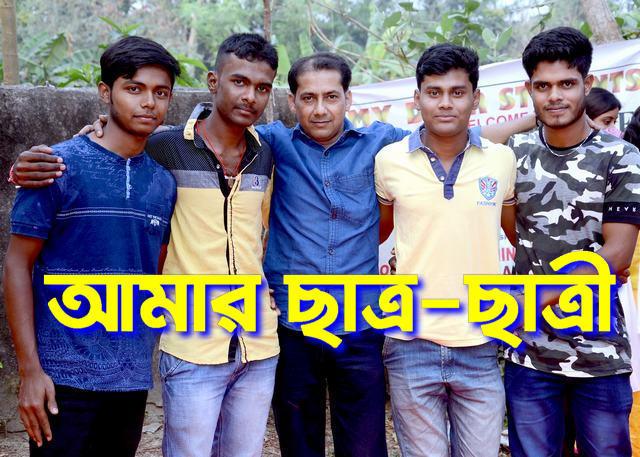

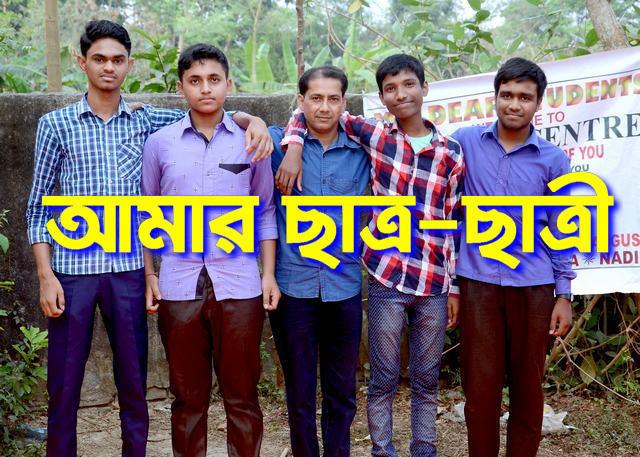
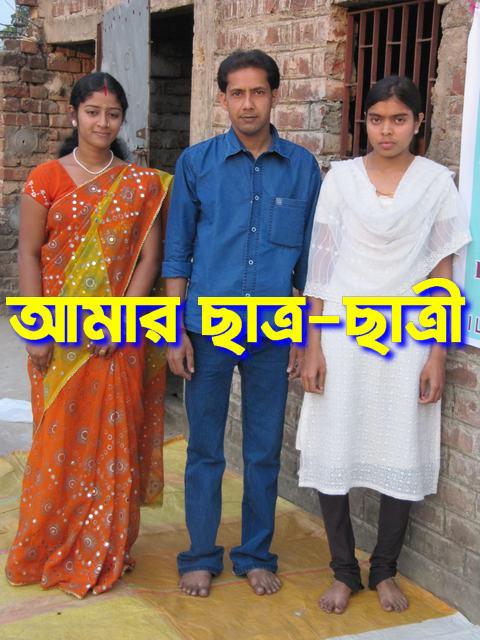

 This is a free homepage created with page4. Get your own on www.page4.com
This is a free homepage created with page4. Get your own on www.page4.com